Weathering Change
Weathering Change follows women in Ethiopia, Nepal and Peru as they struggle to care for their families while enduring crop failures and water scarcity.
Weathering Change takes us to Ethiopia, Nepal and Peru to hear the stories of women as they struggle to care for their families, while enduring crop failures and water scarcity. The film shows how women and families are already adapting to the climate change challenges that threaten their health and their livelihoods.
Weathering Change documents how family planning, girls’ education, sustainable agriculture and environmental conservation are part of the solution. As the world’s population hits 7 billion in 2011, the film calls for expanding access to contraception and empowering women to help families and communities adapt to the effects of climate change.
“A woman’s life is hard, and climate change is making it harder,” says Aregash Ayele, an Ethiopian woman featured in the film. Aregash is 32 years old and lives with her six children in a small farming community in the Gedeo Zone of Ethiopia.
“Because of changing rainfall patterns, crop yields are suffering, and the family doesn’t have enough food for everybody. My father used to get 500 to 600 kilos per harvest, but now we can barely get 100. Even though the land is green, it’s not fruitful. It has never been like this.”
As a result, Aregash’s husband is forced to work other land hours away from home. Aregash is left to manage the house, look after the children, and farm the existing land on her own. “The only way we can raise our kids is from the land. If the land fails to produce, there isn’t enough to feed them,” she says.
Aregash spends some of her time volunteering at the local health clinic, where she distributes food aid and teaches other mothers about how to prevent pregnancy.
“I feed hungry children and teach family planning to their parents,” she says. “When they use contraception and space births every three to five years, the mothers get stronger. And their children also grow up with the needed strength and care. Due to the change in our climate, mothers have understood that spacing their children is in their own best interest.”
Women and Climate Change
Aregash’s story is not unusual. Women living in poverty bear a disproportionate burden of climate change consequences. In many countries, disparities resulting from women’s roles within family and community structures are aggravated by the effects of climate change. Unequal access to education, economic opportunities, land ownership, and health care can undermine women’s well-being and the prospects for a better future for their children and communities.
And yet, women are important agents of change in addressing climate change challenges. In their roles as providers of food, water and fuel, women are instrumental in determining a family’s ability to survive and effectively cope with the impacts of climate change. Many women play important roles as community leaders, natural resource managers, and caregivers. They possess knowledge and experience that are critical in designing effective climate change adaptation strategies.
Adapting to Climate Change
Climate change has historically been driven by a build-up of greenhouse gases generated mostly by the industrialized world. The consequences of unabated climate change affect everyone, though some are more affected, and less able to cope with the effects than others.
In many of the poorest areas of the world, shifting temperature and precipitation patterns are already affecting agricultural production and making scarce water supplies even more difficult to manage. The impacts of climate change contribute to decisions to migrate as people seek safer, more stable living conditions. The world’s growing population, which will surpass 7 billion people on October 31, 2011, is likely to magnify these challenges. The majority of expected global population growth will occur in some of the world’s poorest and most vulnerable countries.
Adapting to the impacts of climate change requires a variety of responses, including policies to improve management of climate-related risks, enhancing individuals’ and communities’ ability to cope with a changing environment, and easing pressure on resources.
Reproductive Health and Resilience
Access to quality reproductive health and family planning services strengthens women’s capacity to adapt to climate change and serve as leaders in their communities. Giving women and men the tools to determine family size can improve socio-economic and health status of women and their families.
A woman’s ability to choose to delay, limit, and space pregnancies increases her prospects for completing school, and accessing greater economic opportunities. Meeting the existing global demand for family planning will also reduce unintended pregnancies. This will save women’s lives, enhance the well-being of families, and reduce pressures related to rapidly growing population-- all of which are essential to increasing resilience in the face of a changing climate. Currently, more than 200 million women in developing countries want to avoid pregnancy, but lack modern contraception. In a number of nations, one-third or more of married women have a need for these critical services.
Call to Action
The U.S. Government should support:
Increased investment in international reproductive health and family planning to improve the health and well-being of women and families around the world, while also reducing vulnerability to climate change impacts.
Robust funding for international climate change efforts, including a strong emphasis on adaptation.
An international climate adaptation strategy that integrates the health and development needs and priorities of most vulnerable populations, including women, and promotes access to reproductive health and family planning, girls education, and women’s empowerment.
For more information, visit populationactioninternational.org.
The Goal
Population Action International (PAI) advocates for women and families to have access to contraception in order to improve their health, reduce poverty and protect their environment.
Nathan Golon and MediaStorm were commissioned by PAI to create a short film that would document how climate change is impacting the lives of women around the world. Women do the majority of agricultural work globally and are tasked with collecting natural resources such as water and fuel, so they are often the first to feel the impacts of climate change. In many societies, women face grievous hardships simply because of their gender, and it was our goal to explore how they are coping with the additional burden of climate change.
The film was shot by Nathan Golon in Nepal, Peru, and Ethiopia, and focuses on the lives of four women and the role adaptation strategies such as education, migration, women's empowerment, and access to family planning play in helping them adjust to changes in their natural environments.
The Challenge
The primary challenge was to tell a complicated global story in a concise, compelling format. Climate change is an issue that manifests itself in various forms, including melting glaciers, crop failures, urbanization, and dwindling water supplies. In one short film, we wanted to travel around the world to highlight these events in both cities and remote rural locations, which meant dealing with logistical challenges around every corner, from snow squalls in the Andes to traffic jams in Kathmandu.
While science has clearly shown that our climate is changing, we wanted to focus on how those changes are impacting individual families. In order to do this, we needed to spend significant time with women living in some of the most vulnerable locations on the planet; mountain glaciers, sprawling urban slums, and rural villages that depend on agriculture to feed growing populations. Finding subjects who could articulate their experiences in a way that would allow viewers to connect with them on a personal level, to see reflections of their own lives in the stories, would be key.
The Solution
So that Director of Photography and Producer Nathan Golon could focus on the story, we largely depended on local segment producers to help us navigate each location. With their knowledge of language, customs, and geography, producers Zeresenay Mehari, Victoria Macchi, and Dhruba Basnet were an invaluable asset to this production.
Because climate change has been a highly politicized issue, we chose to bypass "talking head" experts and decided to focus entirely on the stories of women who confront the realities of a changing climate on a daily basis, often with their survival hanging in the balance. Our local producers allowed us to quickly connect with our subjects, which was an absolute priority during ten-day shoots that often included several locations hundreds of miles apart.
These women's stories were both intimate and informative, and underscored the fact that many of their problems — and solutions — are similar despite the distance that separates them.
The Results
Weathering Change has been translated into 7 different languages and shown to decision makers and stakeholders here in Washington, DC and around the world, including at the International Family Planning Conference in Dakar, Senegal, and COP17 in Durban, South Africa. By taking these women’s stories to policymakers, we are actively working to highlight the linkages between women’s health and climate change while also articulating the need for strengthened investment in maternal and child health, education, and women empowerment.
Furthermore, by licensing the
MediaStorm Player to present and distribute the project, Population Action International has also been able to showcase the project in a way that allows it to reach as many people as possible with as much context as possible, thanks to the multi-language subtitles, surrounding metadata, and its embedding & sharing capabilities.
About The Client
Population Action International advocates for women and families to have access to contraception in order to improve their health, reduce poverty and protect their environment. Our research and advocacy strengthen U.S. and international assistance for family planning. We work with local and national leaders in developing countries to improve their reproductive health care programs and policies. PAI shows how these programs are critical to global concerns, such as preventing HIV, combating the effects of environmental degradation and climate change, and strengthening national security.
MediaStorm Project Showcase
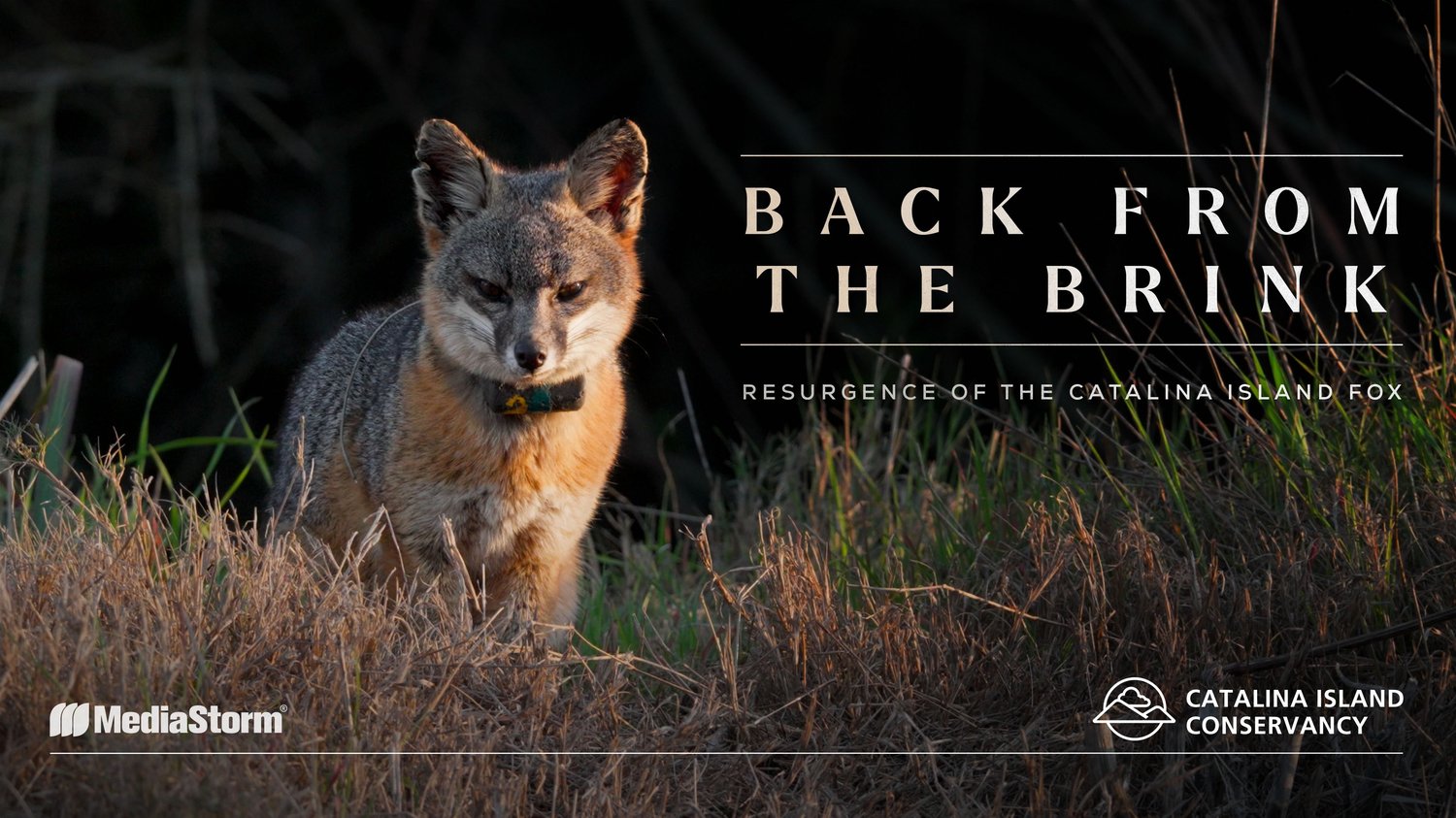
Once teetering on the brink of extinction, the Santa Catalina Island Fox made a dramatic recovery. Its resurgence marks one of the greatest conservation success stories in United States history.

In the shadow of Silicon Valley’s booming technology industry, a growing number of people remain out in the cold. Skyrocketing housing prices in America’s hub of innovation have pushed many onto the streets, straining policymakers to find solutions to a homelessness problem that impacts everyone in the community.
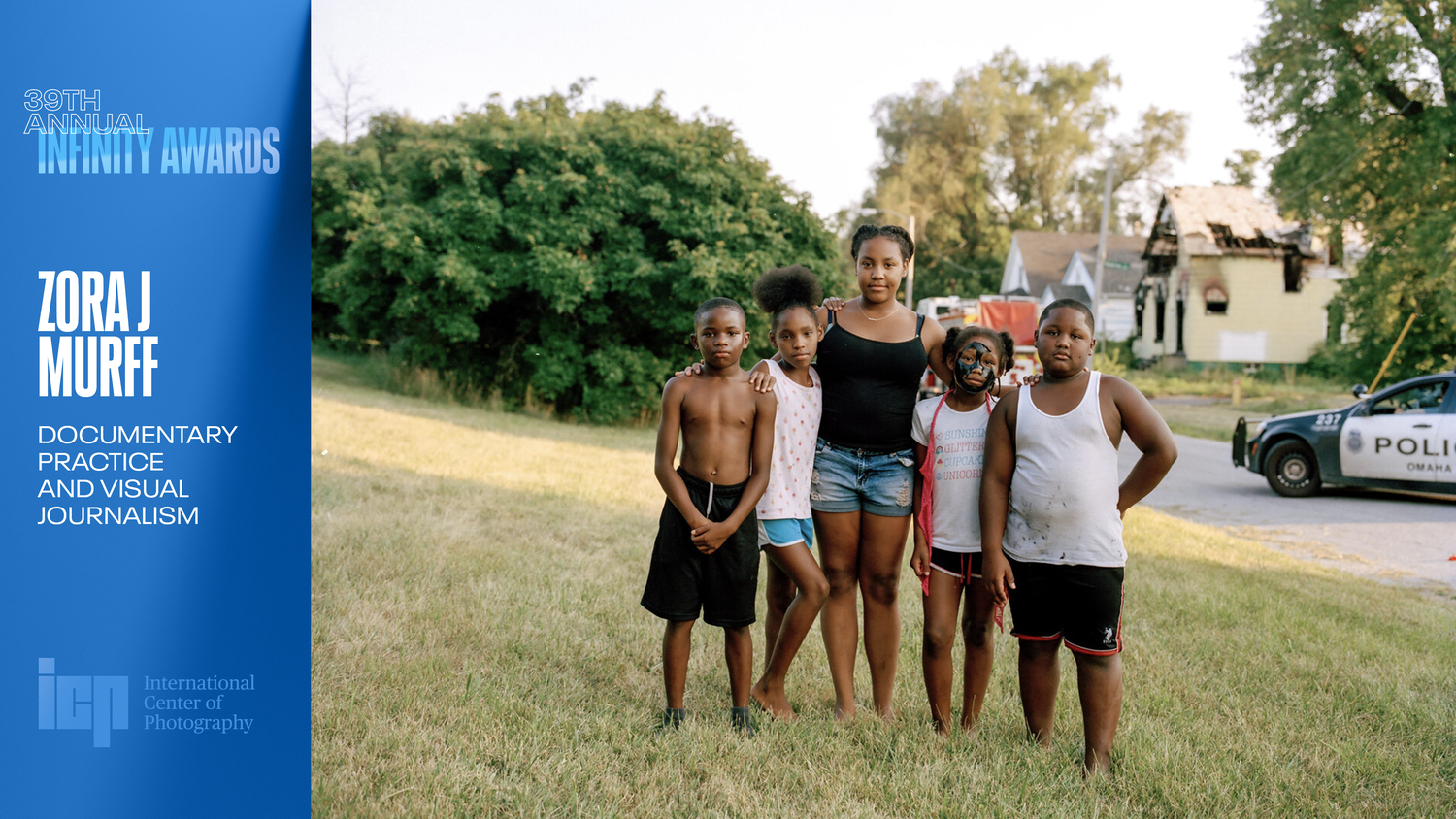
This page recognizing Zora J Murff for ICP’s 2023 Infinity Award for Documentary Practice and Visual Journalism features a film about his life, a slideshow of his projects and extra clips of his thoughts about his work and motivation.

Sebastião Salgado says "a good picture, a fantastic picture, you do in a fraction of a second, but to arrive to do this picture, you must put your life in there."
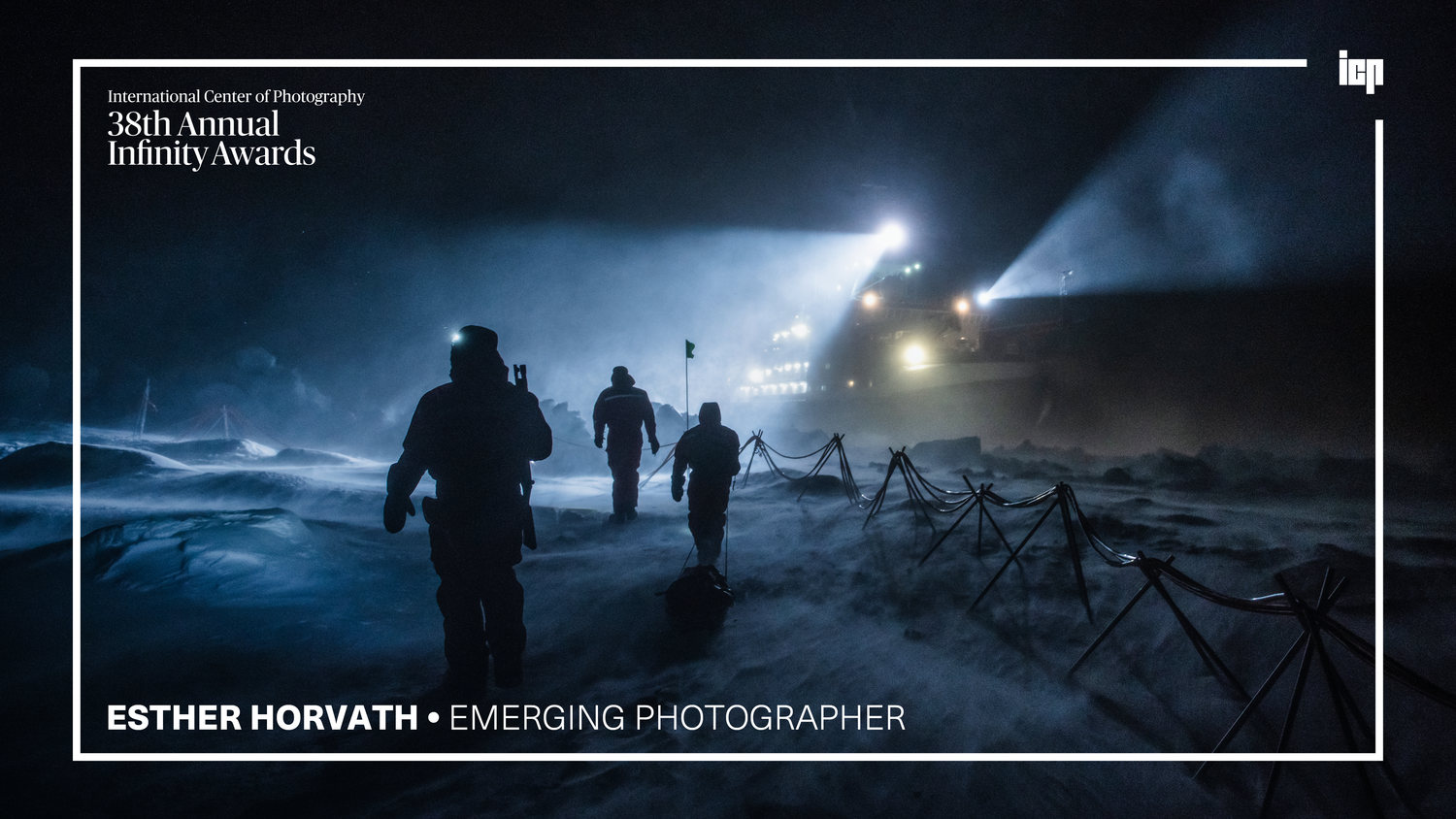
Esther Horvath has sent questions to the universe and she has received answers. She found her calling to tell visual stories that show the full research story behind our climate data.
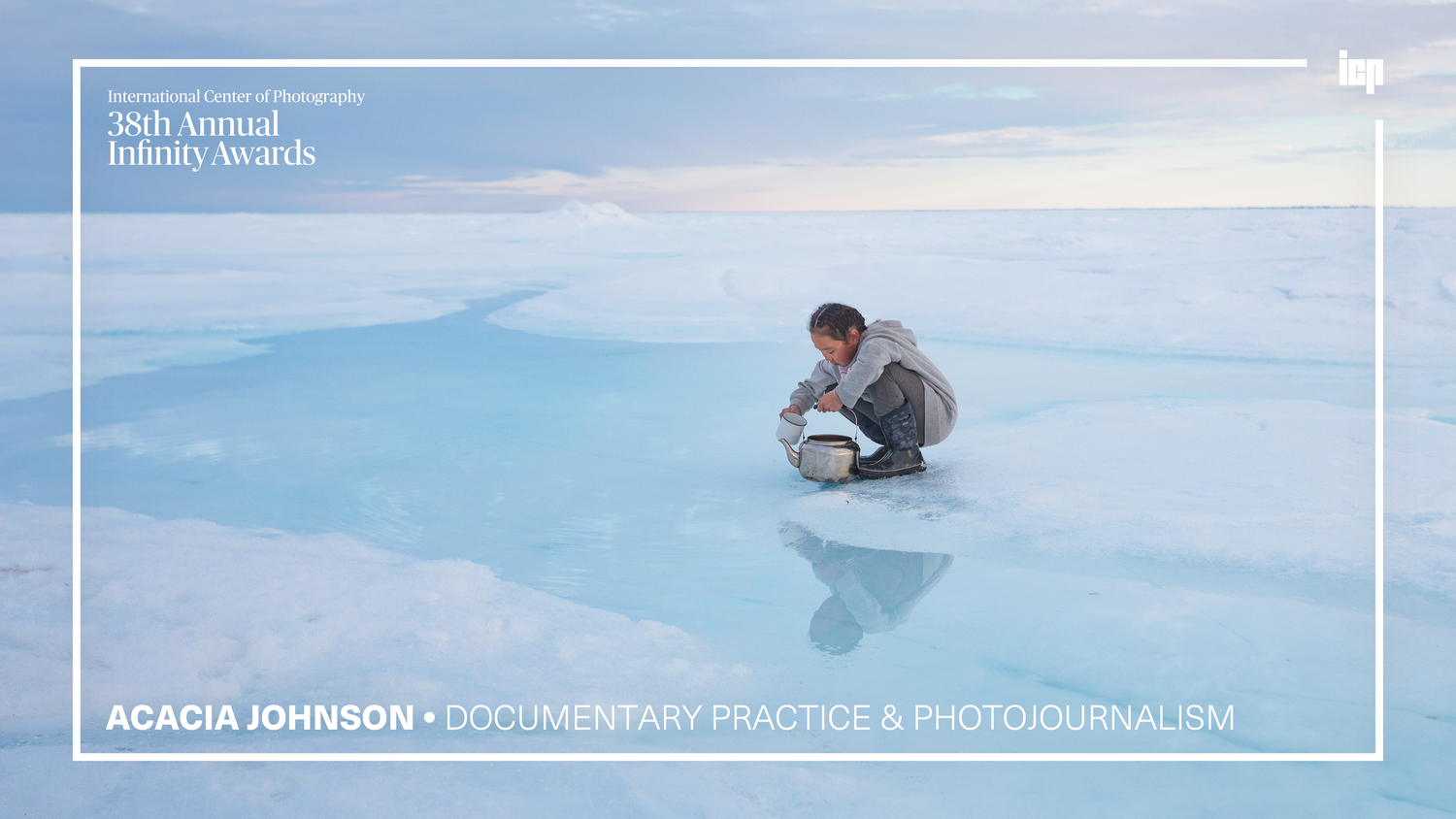
See photographer Acacia Johnson’s growth from her earliest explorations of Alaskan landscapes to a National Geographic cover for a documentary project among indigenous people of the Arctic.
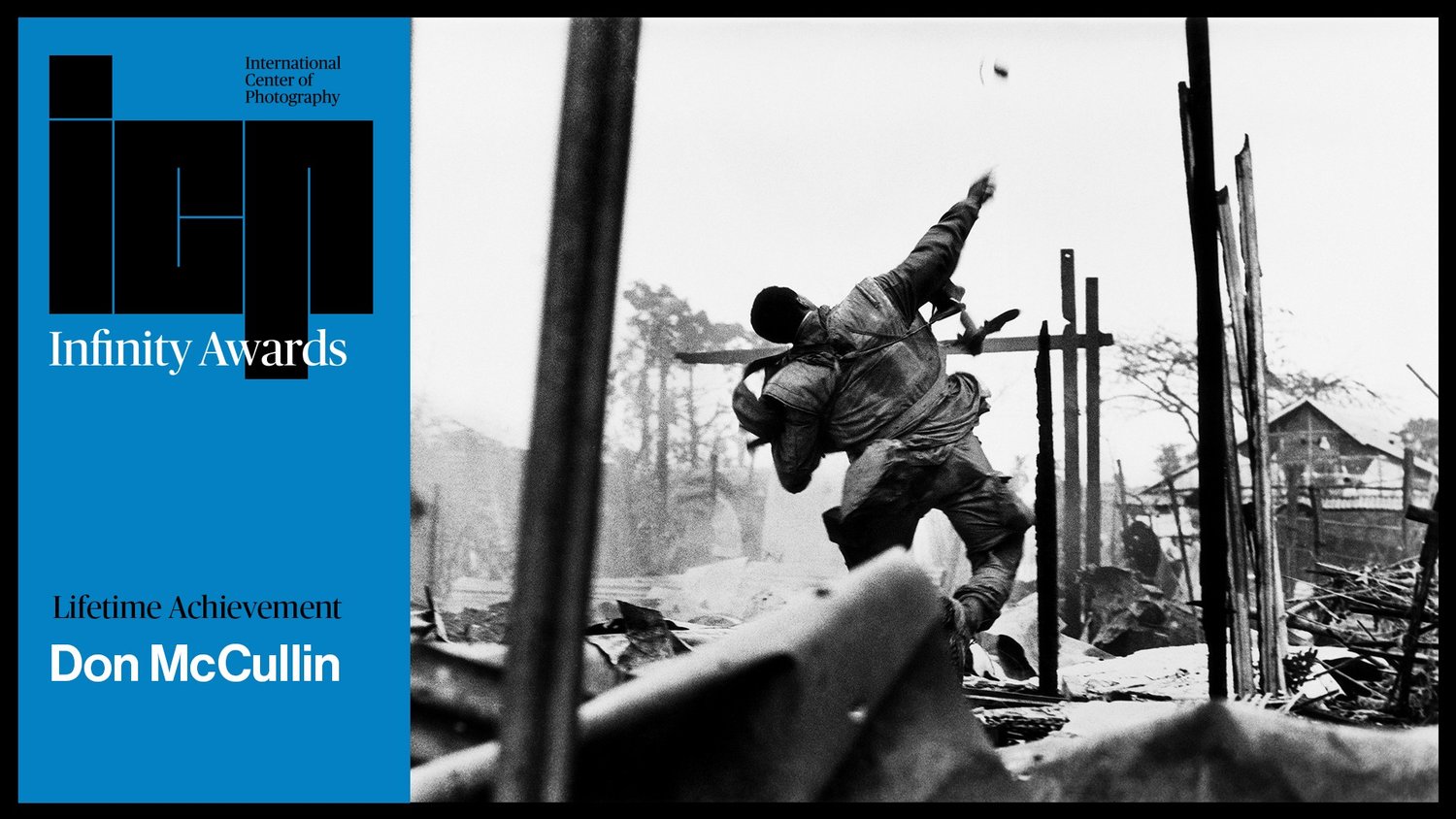
Sir Don McCullin never intended to become a photographer. He found it hard to believe he’d ever escape the poverty of North London. But a spur of the moment photograph launched McCullin into a career spanning 50 years in photography.
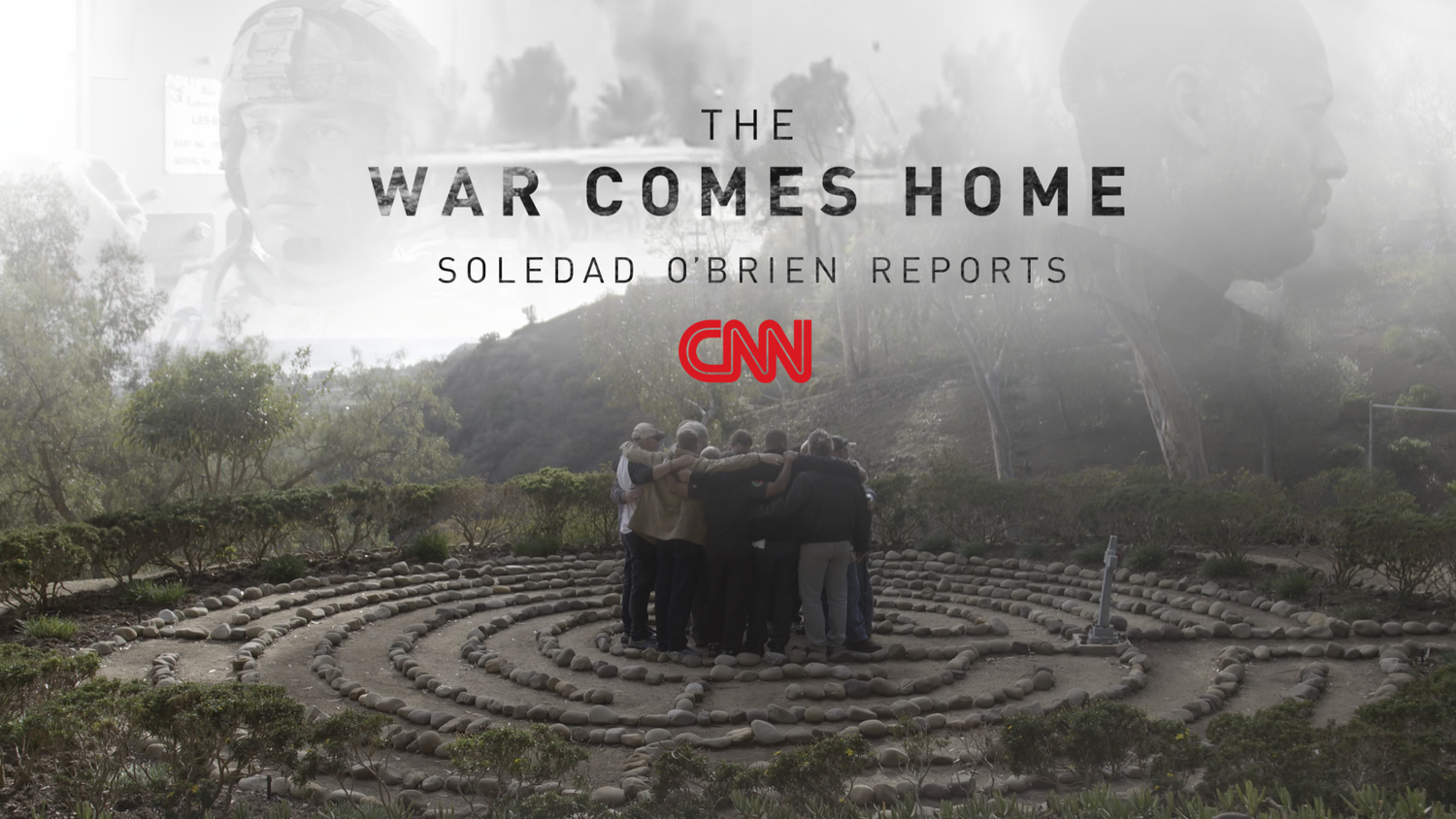
As the U.S. prepares for the final drawdown of soldiers from the conflicts in Iraq and Afghanistan, Soledad O’Brien and MediaStorm take an intimate look at two veterans as they struggle with the transition from war to home.

Writer Zadie Smith pays homage to photographer Deana Lawson in the artist’s first Monograph for Aperture.

As a formerly incarcerated person, Michael struggled for work, and found purpose in being a husband, father, and activist. But 7 years since his release from prison, the cost of Michael’s activism is evident.
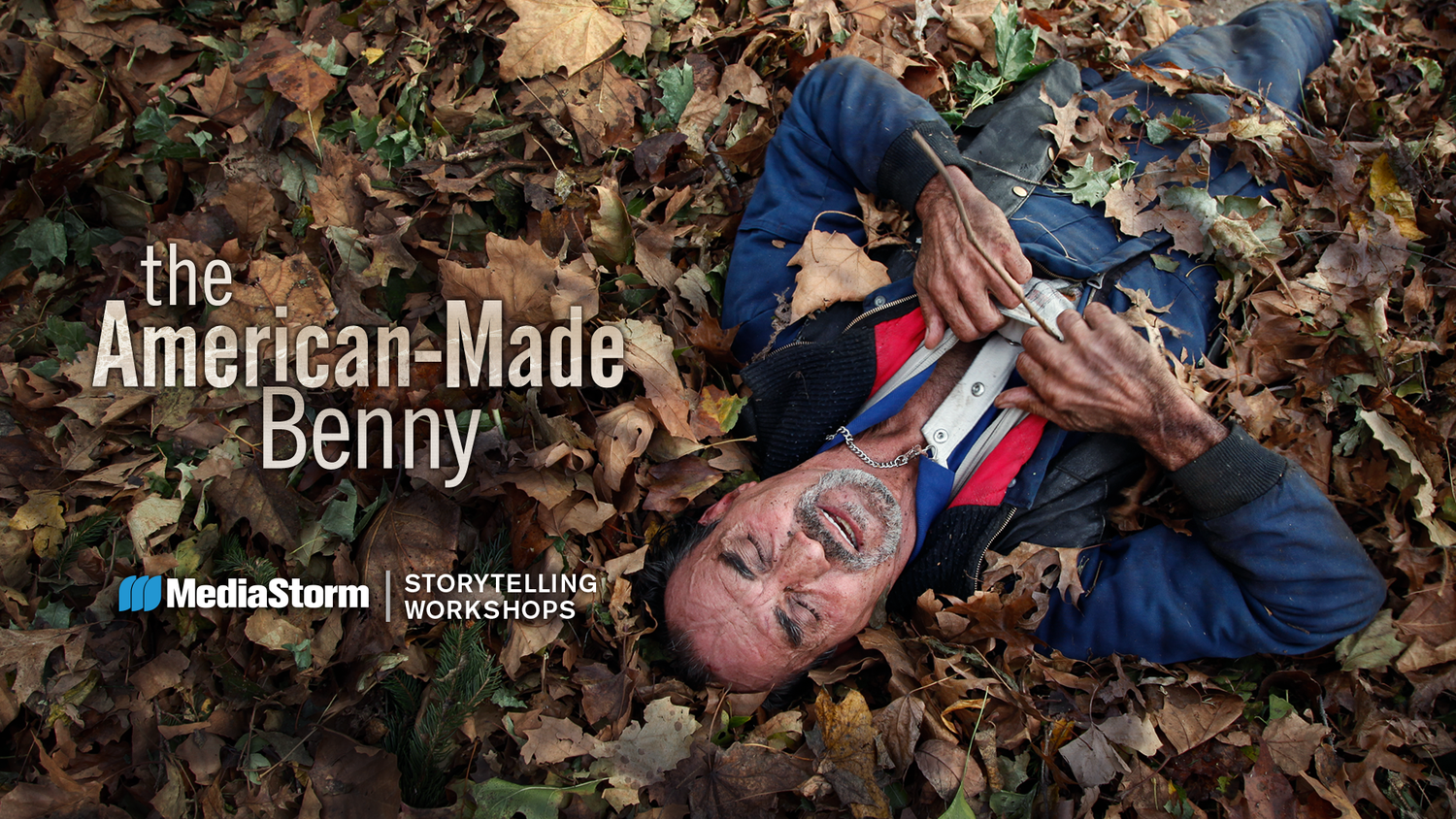
Benny is a “certified” garbologist. He collects what others throw away. Benny is also at war with his family. Here is a man sharing a house with his wife but living as a stranger. This is a household on the edge.
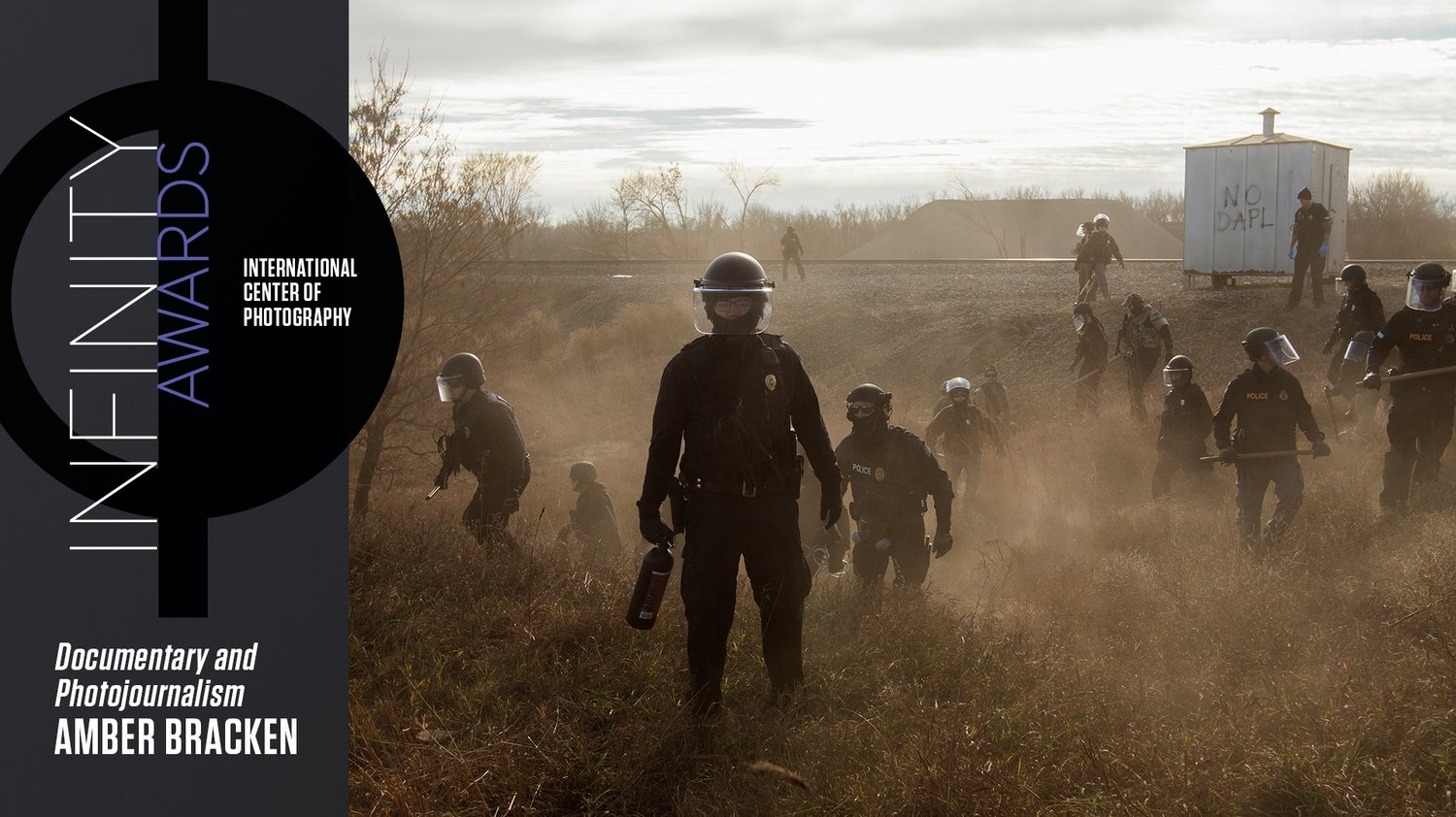
Photographer Amber Bracken recognized something deeper than a protest was afoot when hundreds of tribes gathered at the Standing Rock reservation in opposition to the Dakota Access Pipeline.
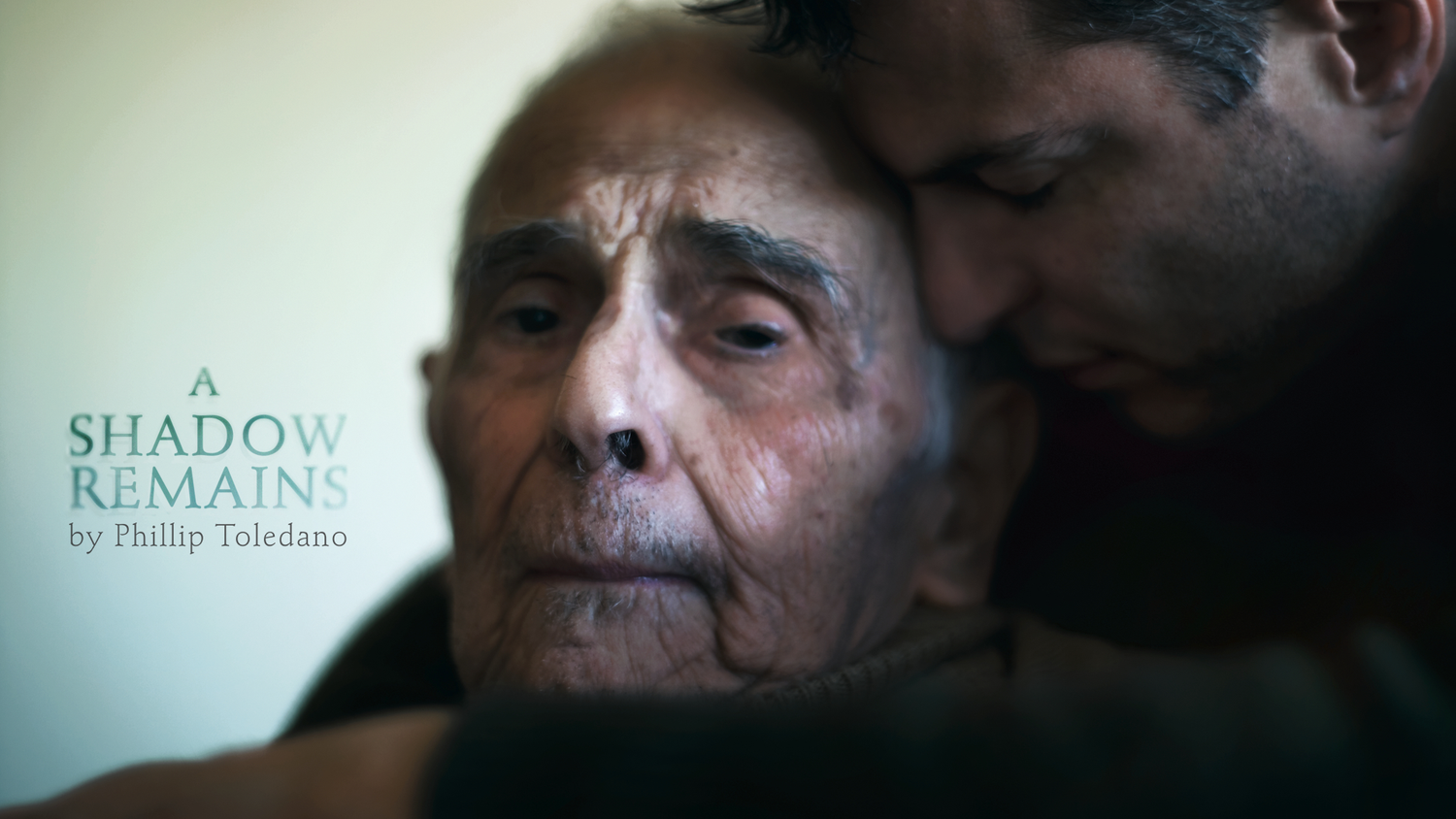
How does the death of a child change a parent? How does the death of a parent change a child? How do these moments change us as we develop and grow further away from who we were as children?

Maurice Berger–cultural historian, and columnist for the New York Times’ Race Stories–has spent his career studying and teaching racial literacy through visual literacy.

Japan’s Disposable Workers examines the country’s employment crisis: from suicide caused by overworking, to temporary workers forced by economics to live in internet cafes, and the elderly who wander a town in search of shelter and food.

Karl Ove Knausgaard is the celebrated author of a massive six-volume autobiography. But Knausgaard remains confused by the attention. This is a portrait of a man who has achieved massive success yet still considers himself unworthy.

Michael Thomasson has devoted his life to video games. It’s been his passion and his obsession for more than three decades. He owns over 11,000 unique game titles for more than 100 different systems.

A film about Michael Christopher Brown for the 2017 ICP Infinity Awards.

The Long Night, a feature film by Tim Matsui and MediaStorm, gives voice and meaning to the crisis of minors who are forced and coerced into the American sex trade.
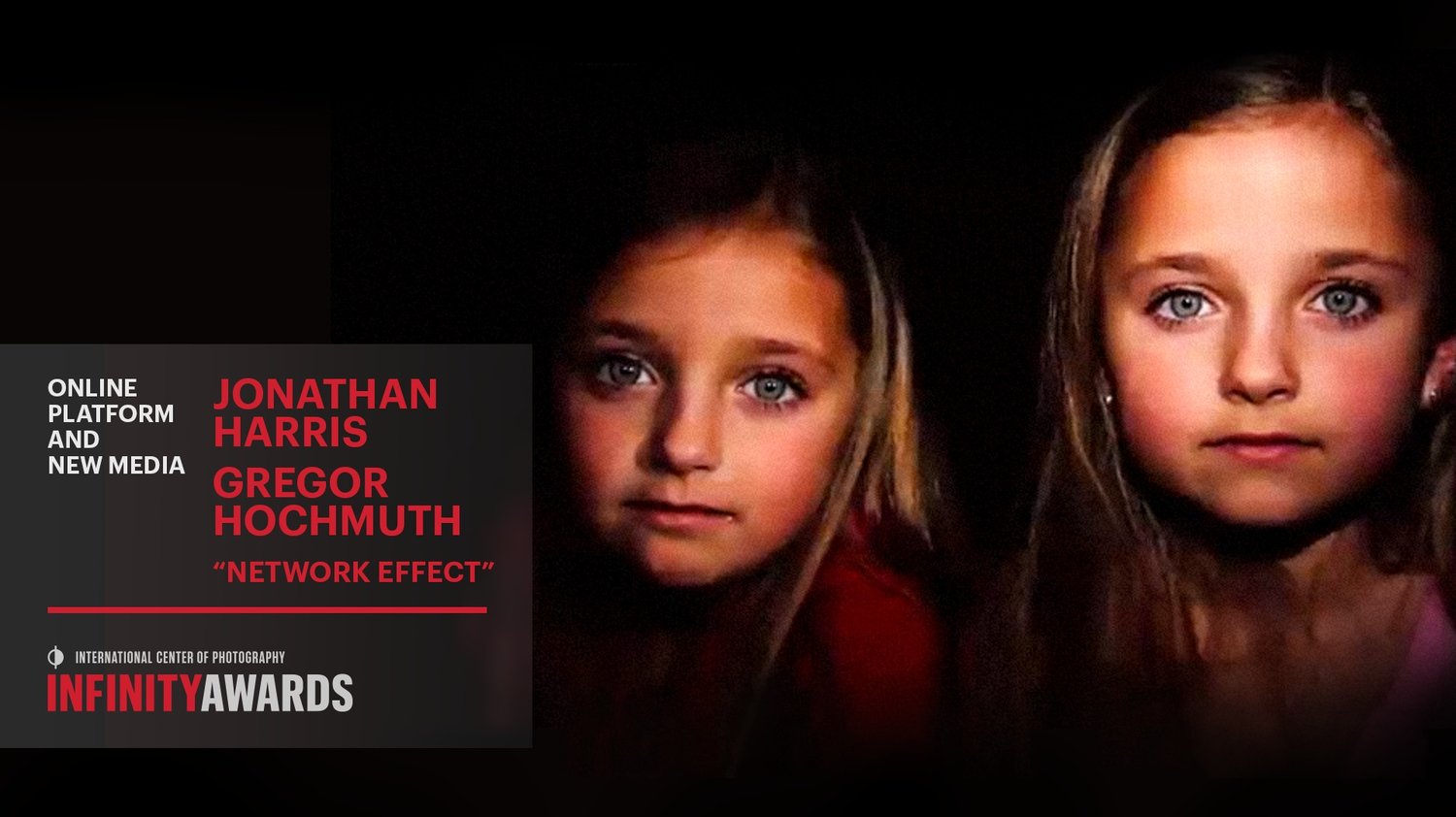
Jonathan Harris and Greg Hochmuth have a complicated relationship with the internet and have worked together to develop an artwork that explored some of the more difficult consequences of what it means to live with the internet.
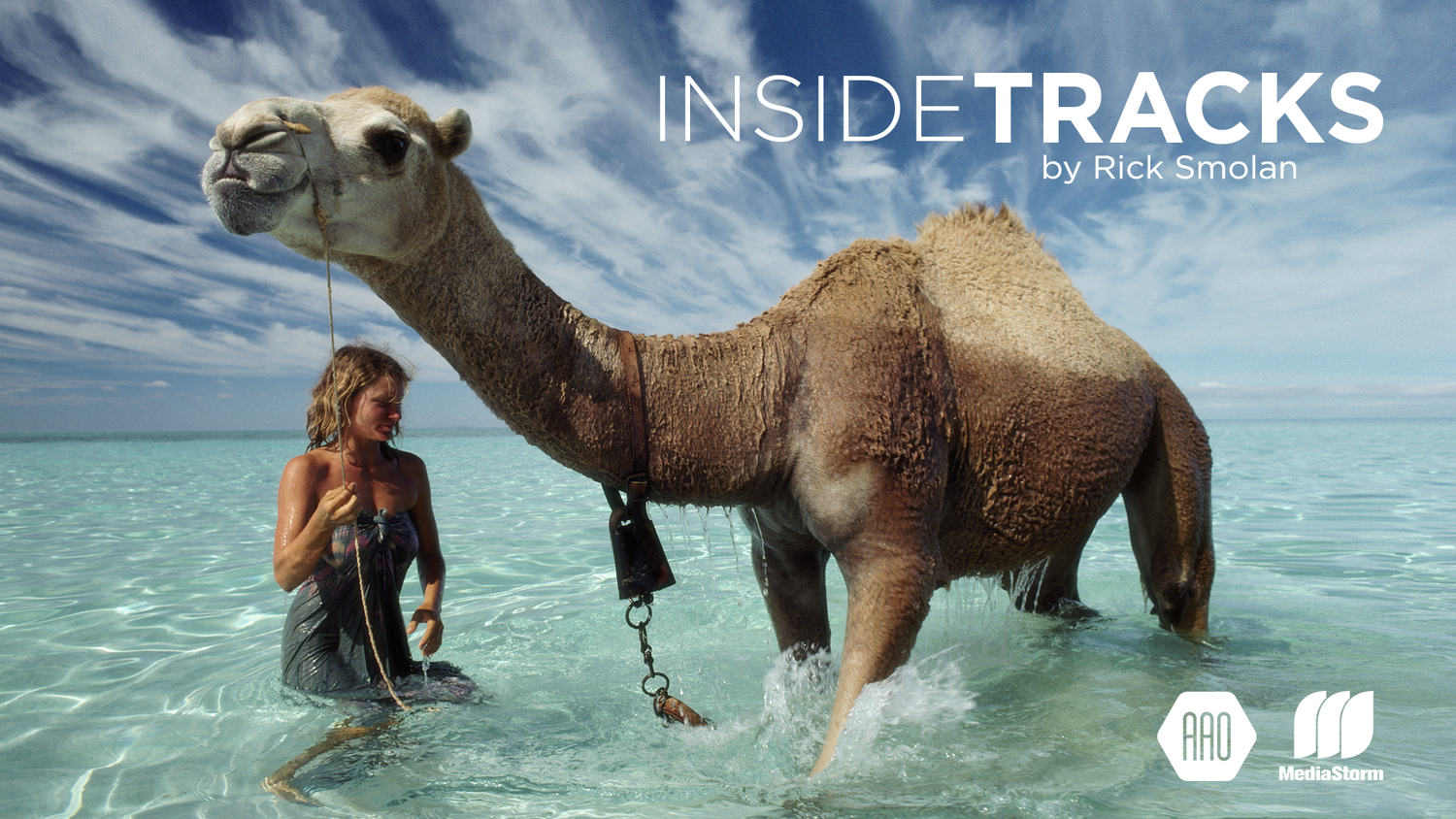
In 1977, Robyn Davidson walked 1,700 miles across the Australian outback. National Geographic sent Rick Smolan to photograph her perilous journey—a trek that tested and transformed them, forming an immutable bond that continues to this day.
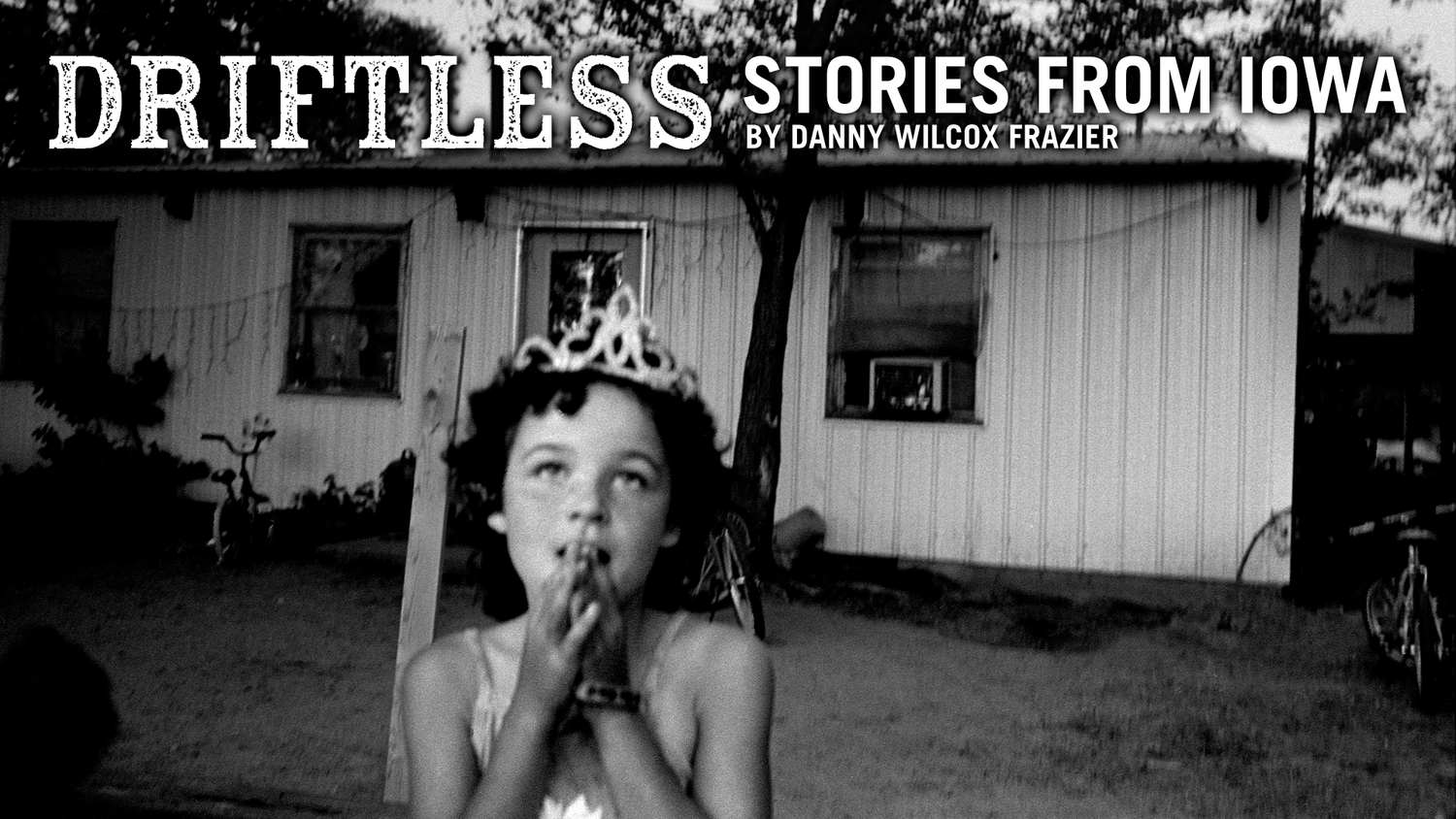
Once at the center of the U.S. economy, the family farm now drifts at its edges. In Iowa, old-time farmers try to hang on to their way of life, while their young push out to find their futures elsewhere. Driftless tells their stories.
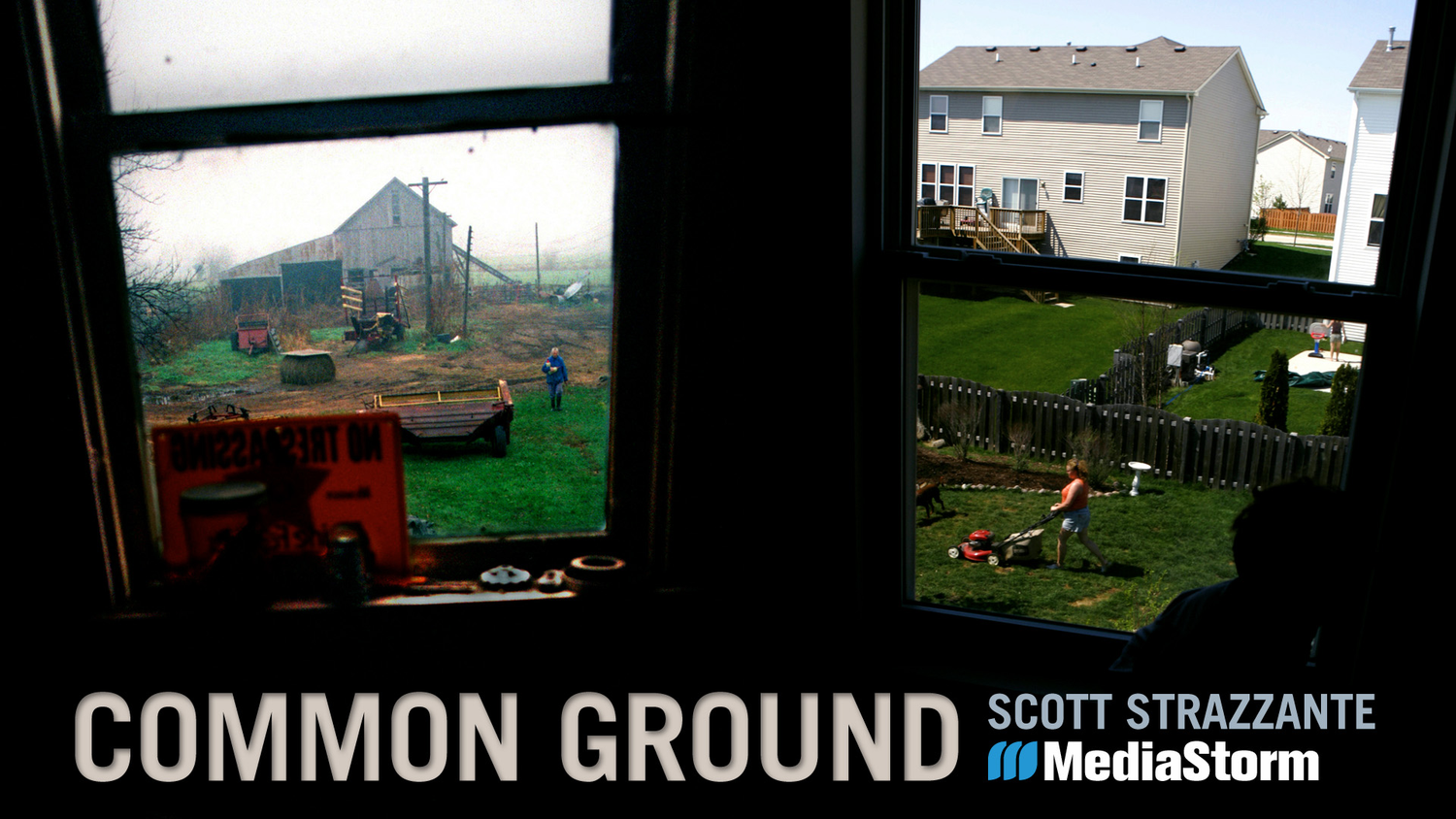
The American family farm gives way to a subdivision - a critical cultural shift across the U.S. Common Ground is a 27-year document of this transition, through the Cagwins and the Grabenhofers, two families who love the same plot of land.
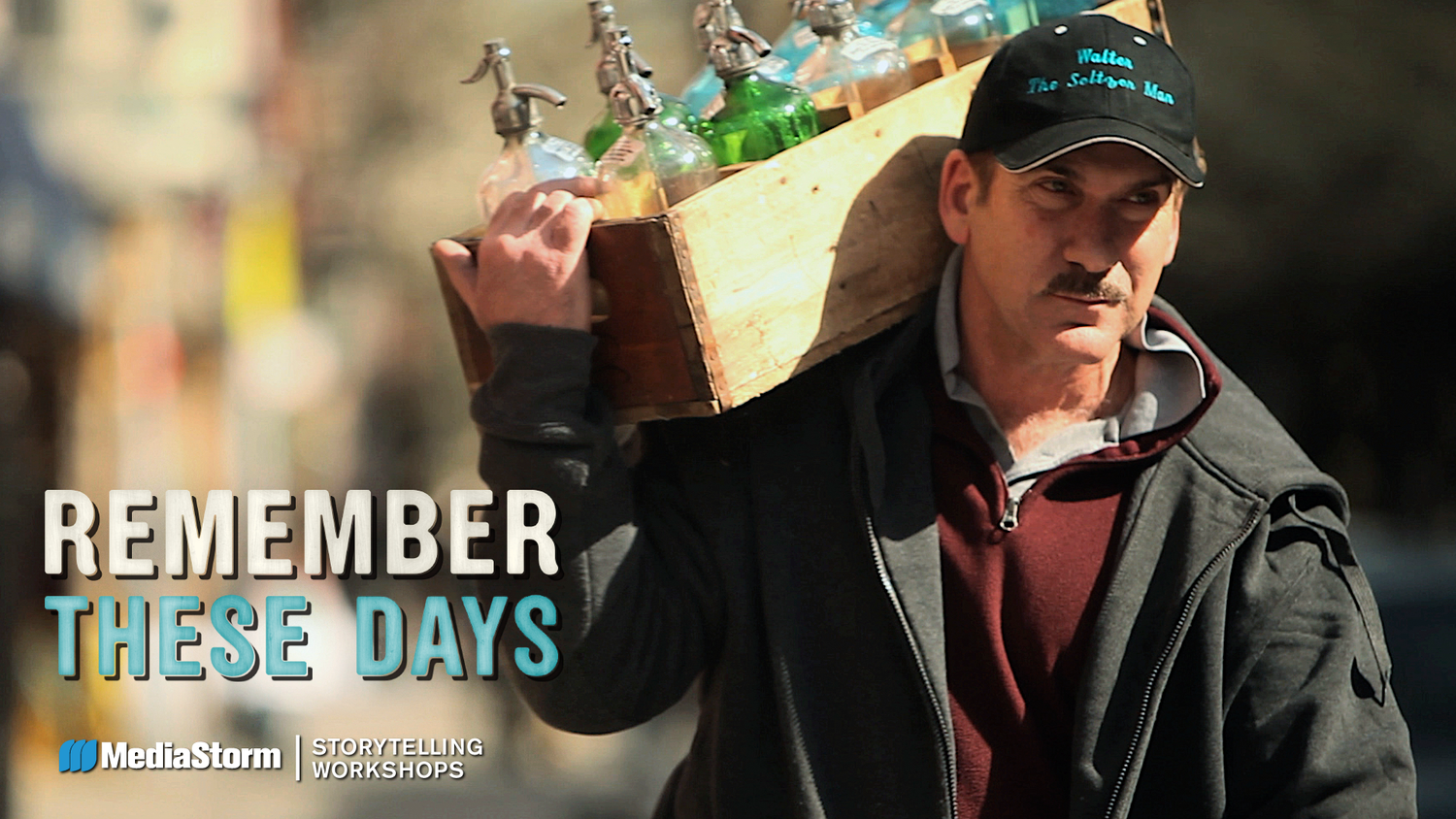
For Walter Backerman, seltzer is more than a drink. It’s the embodiment of his family. As a third generation seltzer man, he follows the same route as his grandfather. But after 90 years of business, Walter may be the last seltzer man.

Larry Fink has spent over 40 years photographing jazz musicians, wealthy manhattanites, his neighbors, fashion models, and the celebrity elite. His archive is a thoughtful collection of American history, and Fink’s experience of it.
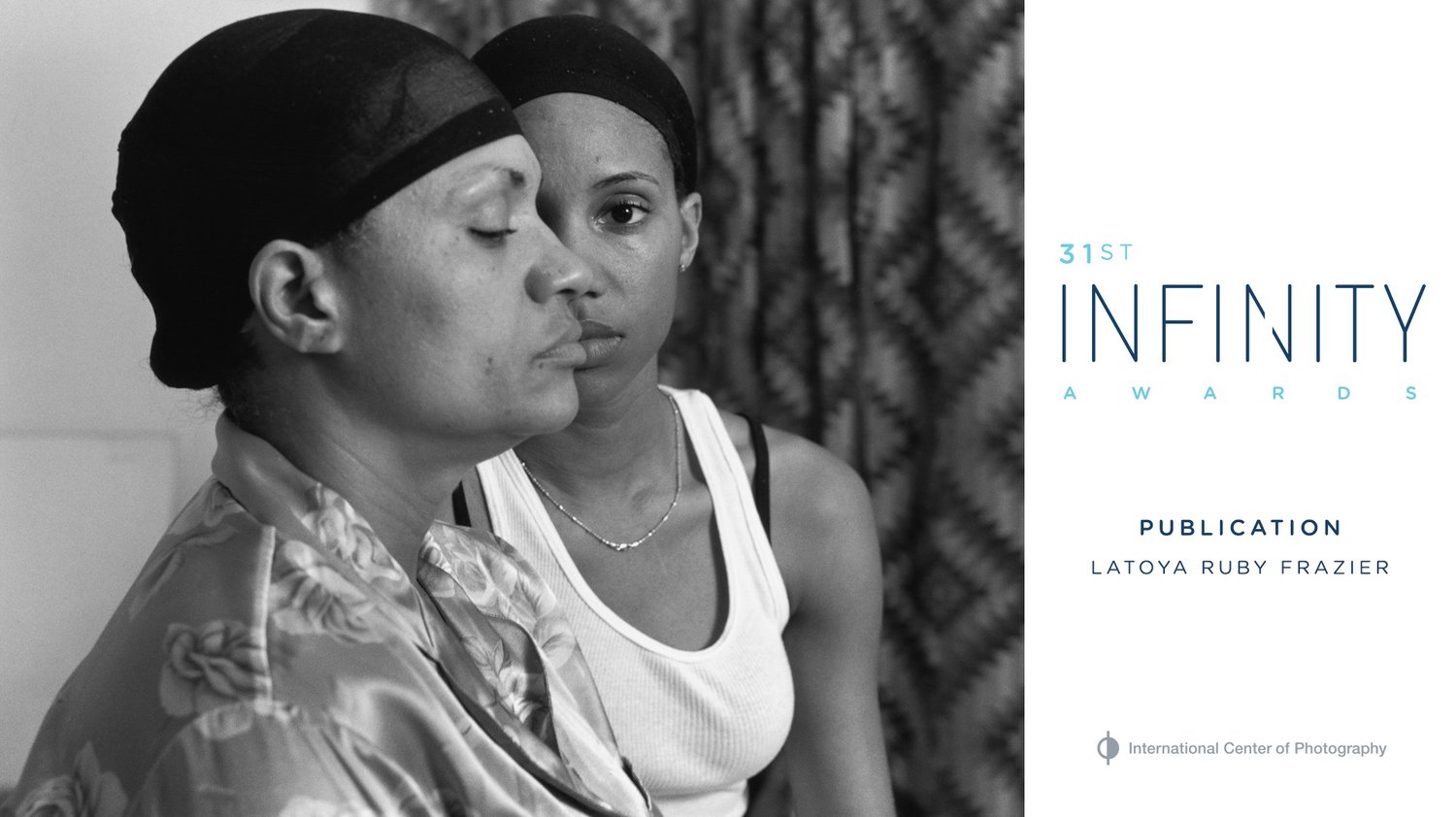
LaToya Ruby Frazier’s body of work “The Notion of Family” examines the impact of the steel industry and the health care system on the community and her family. Collaborating with her mother and grandmother, she uses her family as a lens to view the past, present and future of the town.
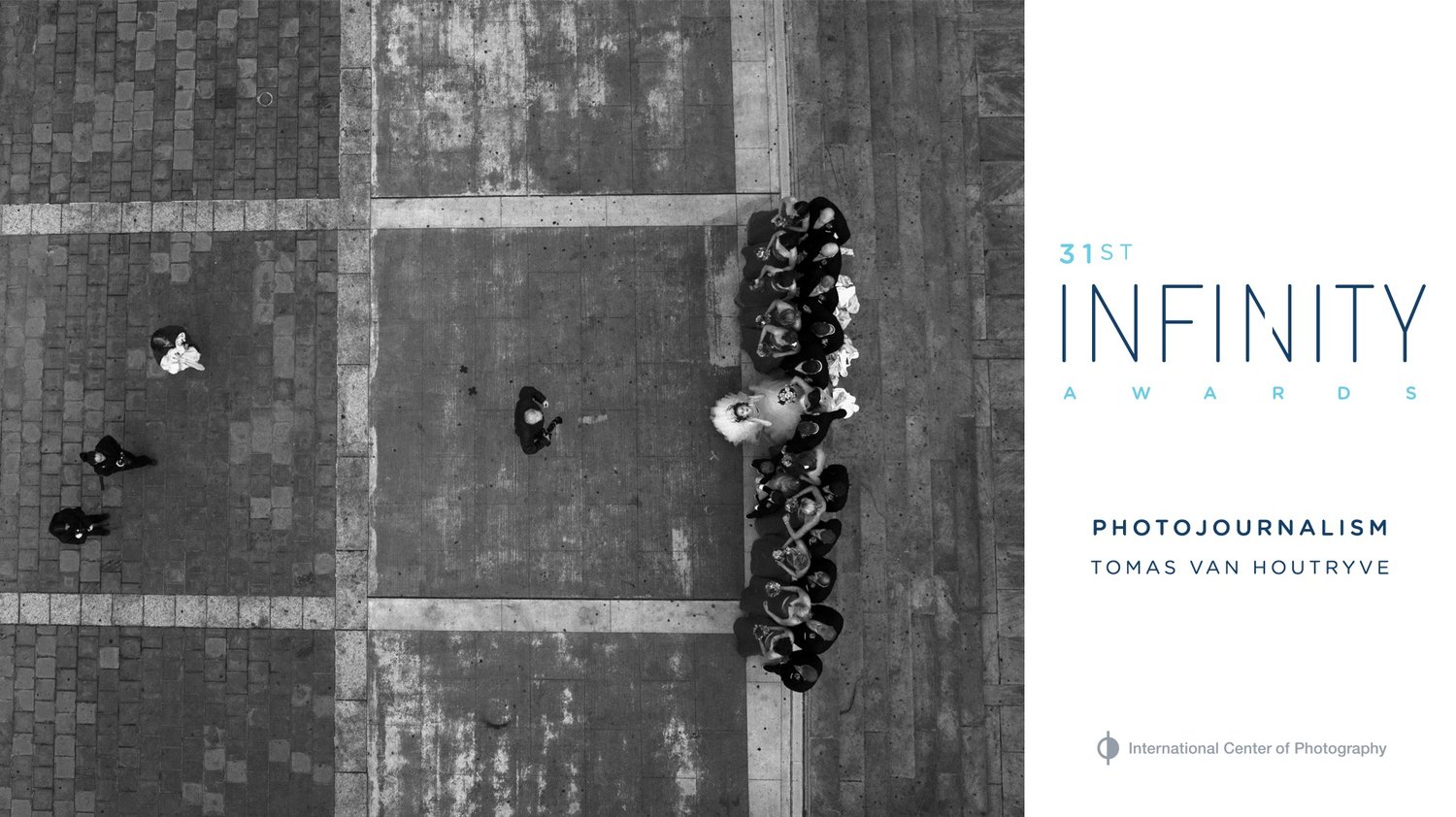
Tomas Van Houtryve wants there to be a permanent visual record of the dawn of the drone age, the period in American history when America started outsourcing their military to flying robots. In order to create this record, Van Houtryve sent his own drone into American skies.
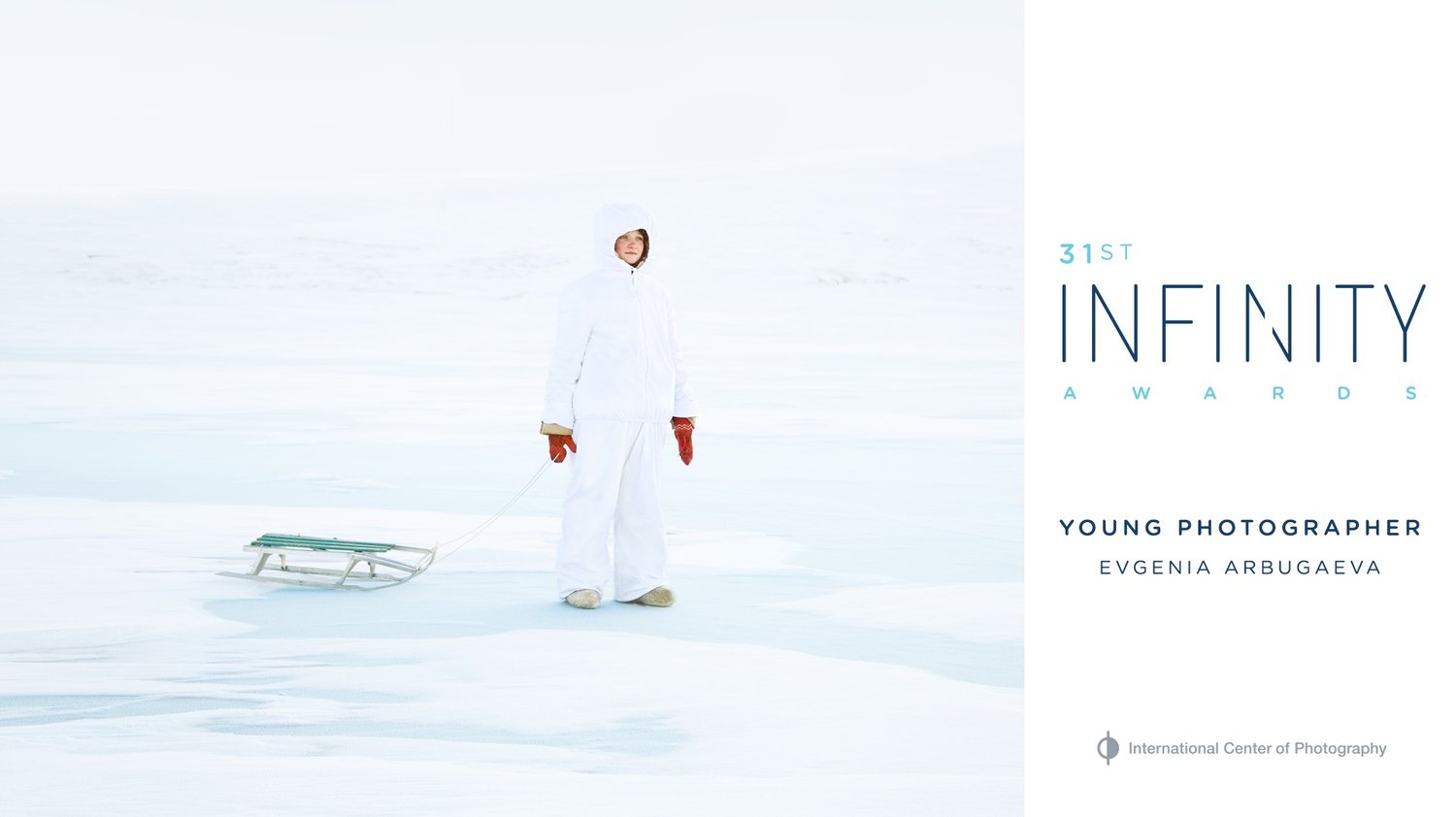
Evgenia Arbugaeva was born in the magical town of Tiksi, Russia. This barren, arctic landscape influenced Arbugaeva in almost every aspect of her dreamlike photography.
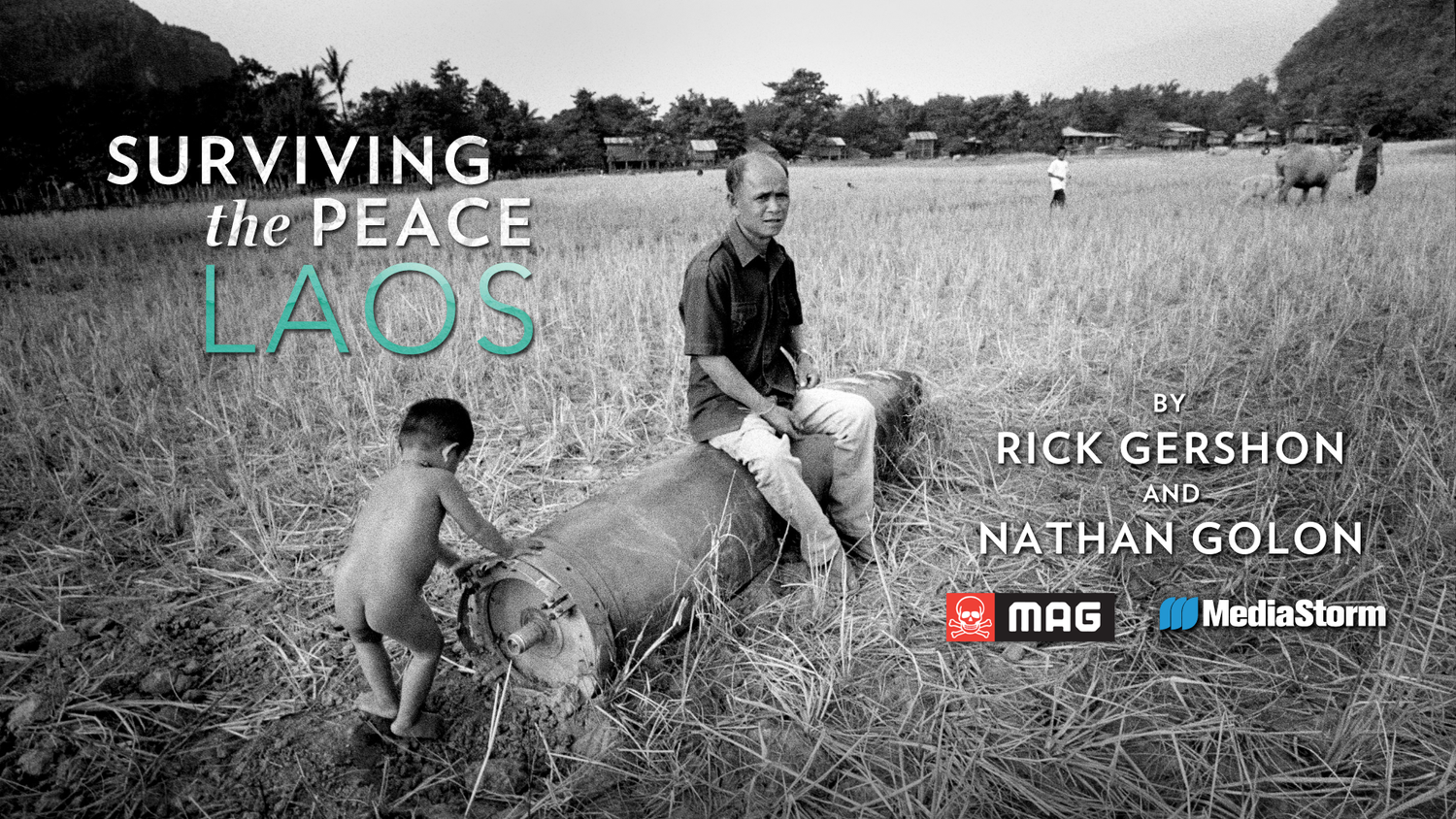
Surviving the Peace: Laos takes an intimate look at the impact of unexploded bombs left over from the Vietnam war in Laos and profiles the dangerous, yet life saving work, that MAG has undertaken in the country.
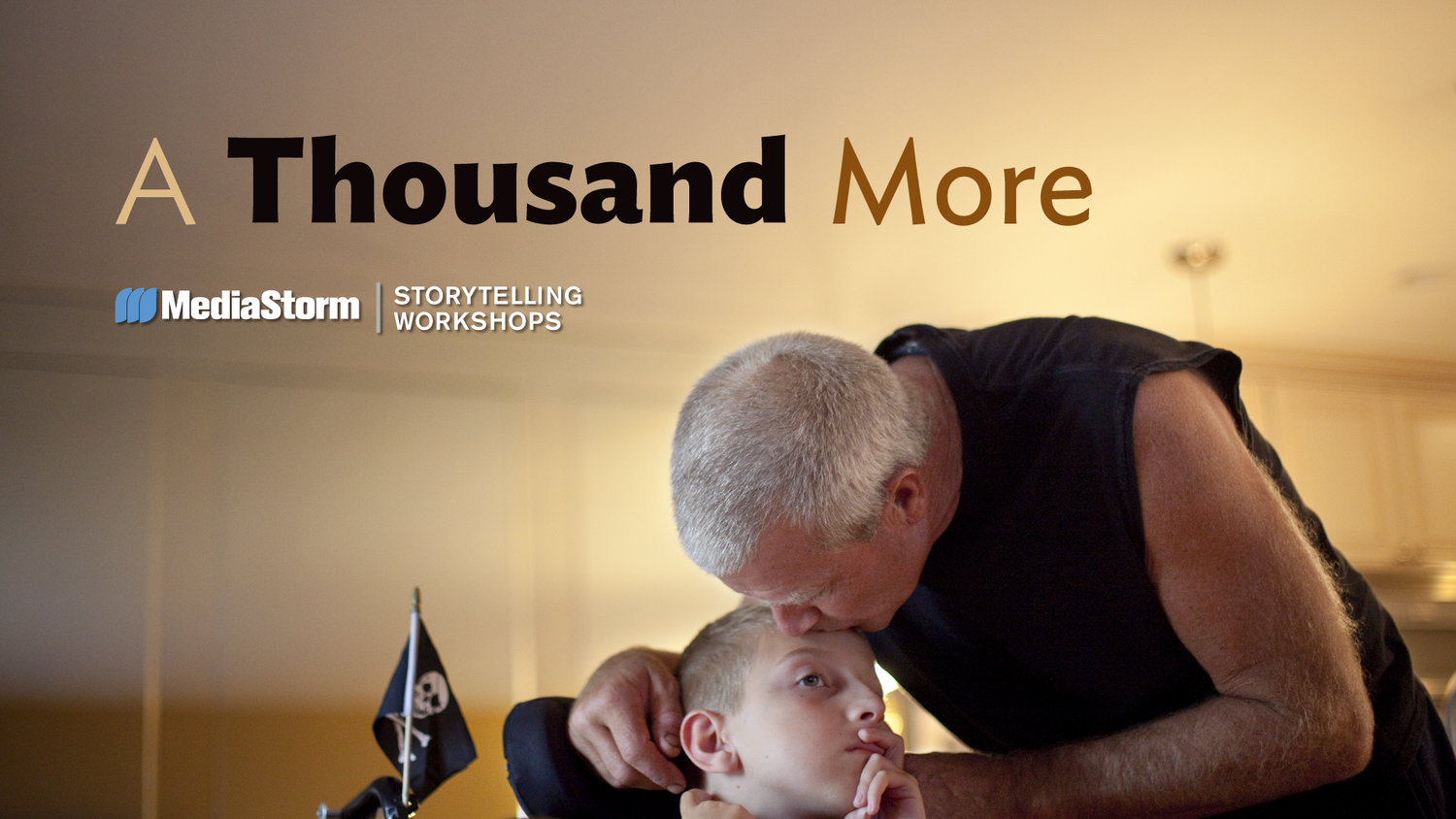
A family is determined to give their disabled son a whole and vital life. In the midst of a great burden, one small child – with a seemingly endless supply of love – is the blessing that holds a family together.

Inspired by the photographs of the Farm Security Administration growing up, Lynn Johnson has spent nearly 35 years as a photojournalist working for LIFE, National Geographic, Sports Illustrated and various foundations.
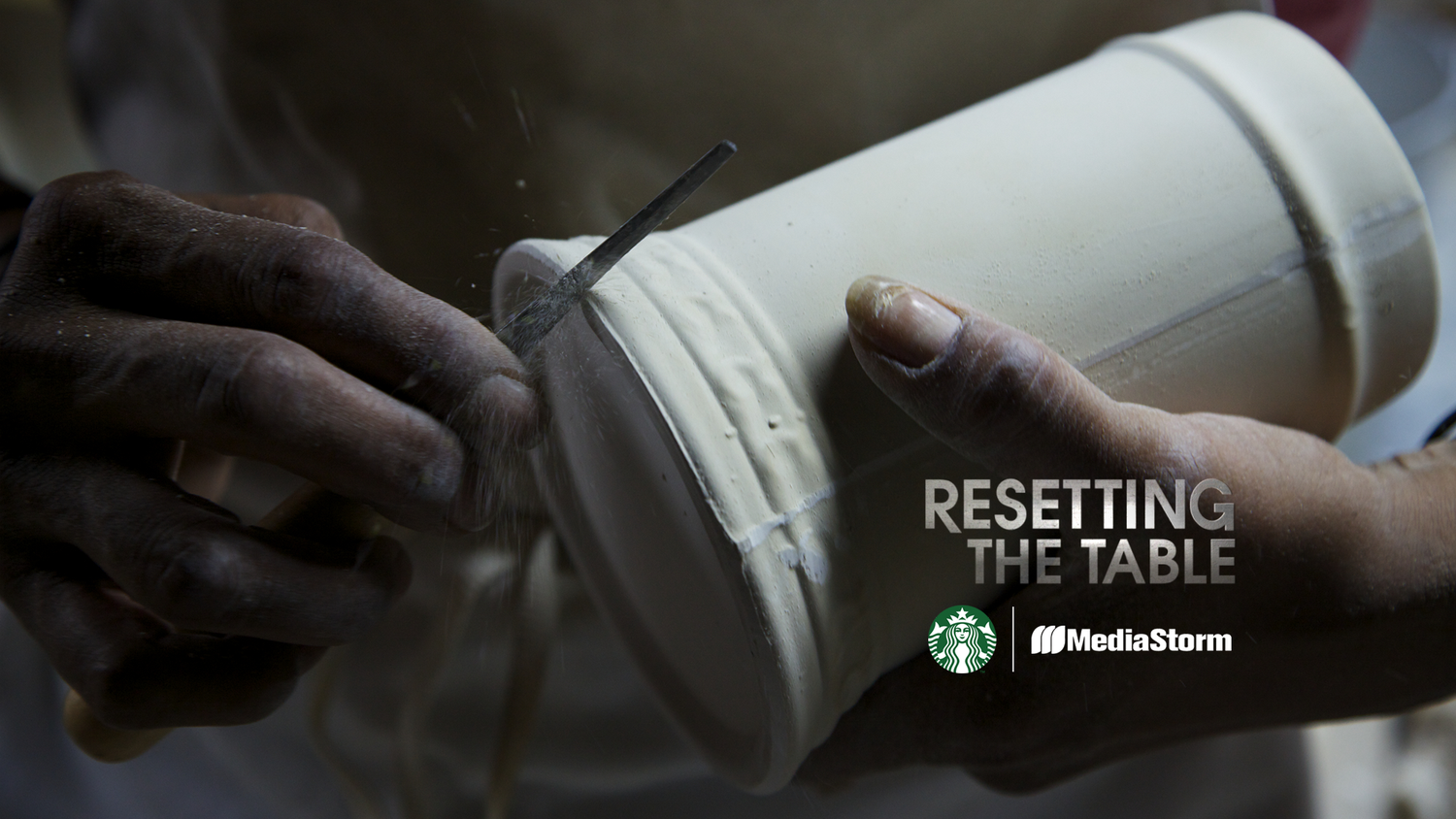
Resetting the Table takes a unique, personal look at the impact Starbucks’ Create Jobs for USA program has had on the American Mug & Stein pottery facility in East Liverpool, Ohio.
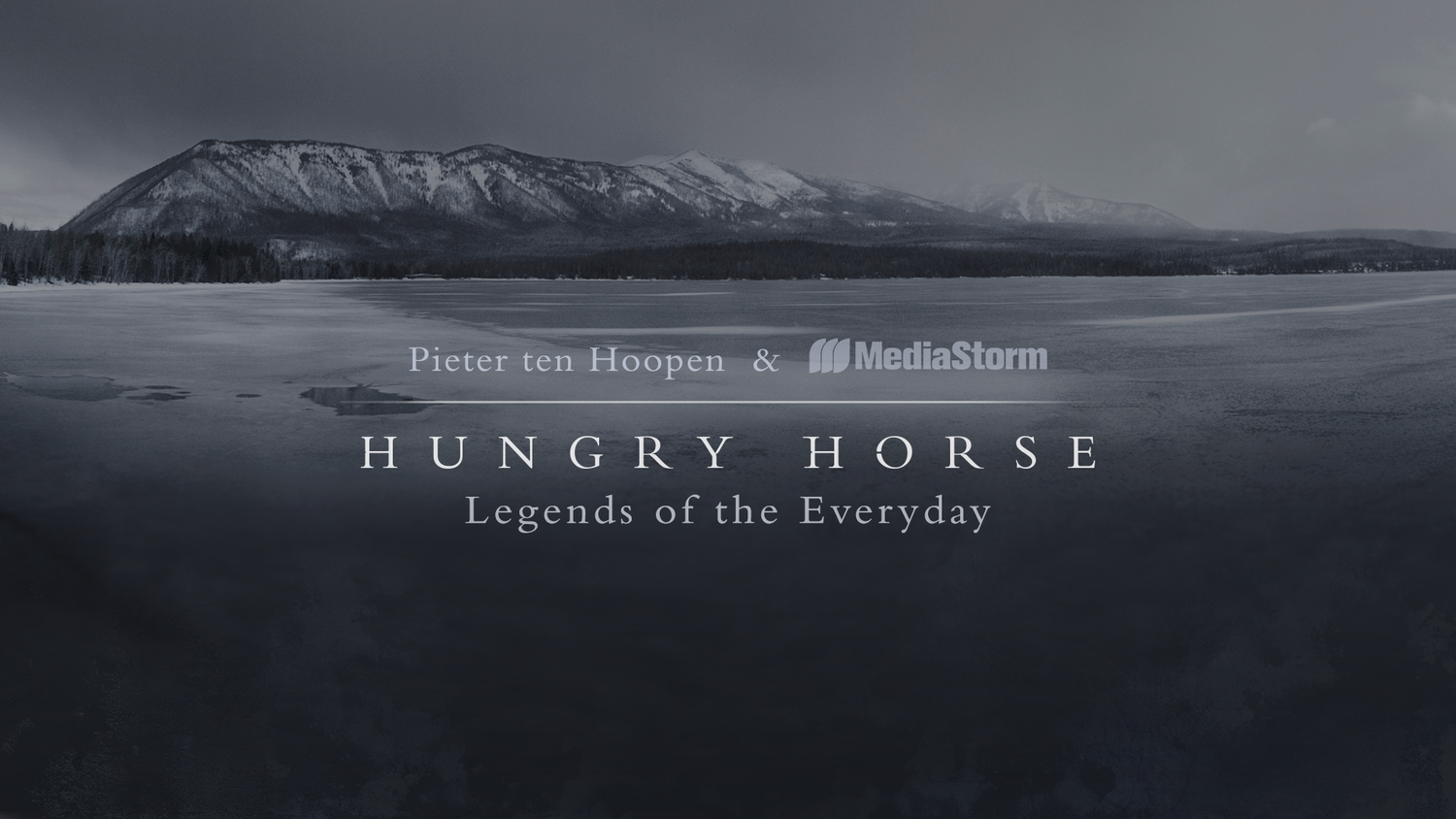
Hungry Horse captures the spirit of renewal, peace and serenity through stunning landscapes and intimate oral histories.
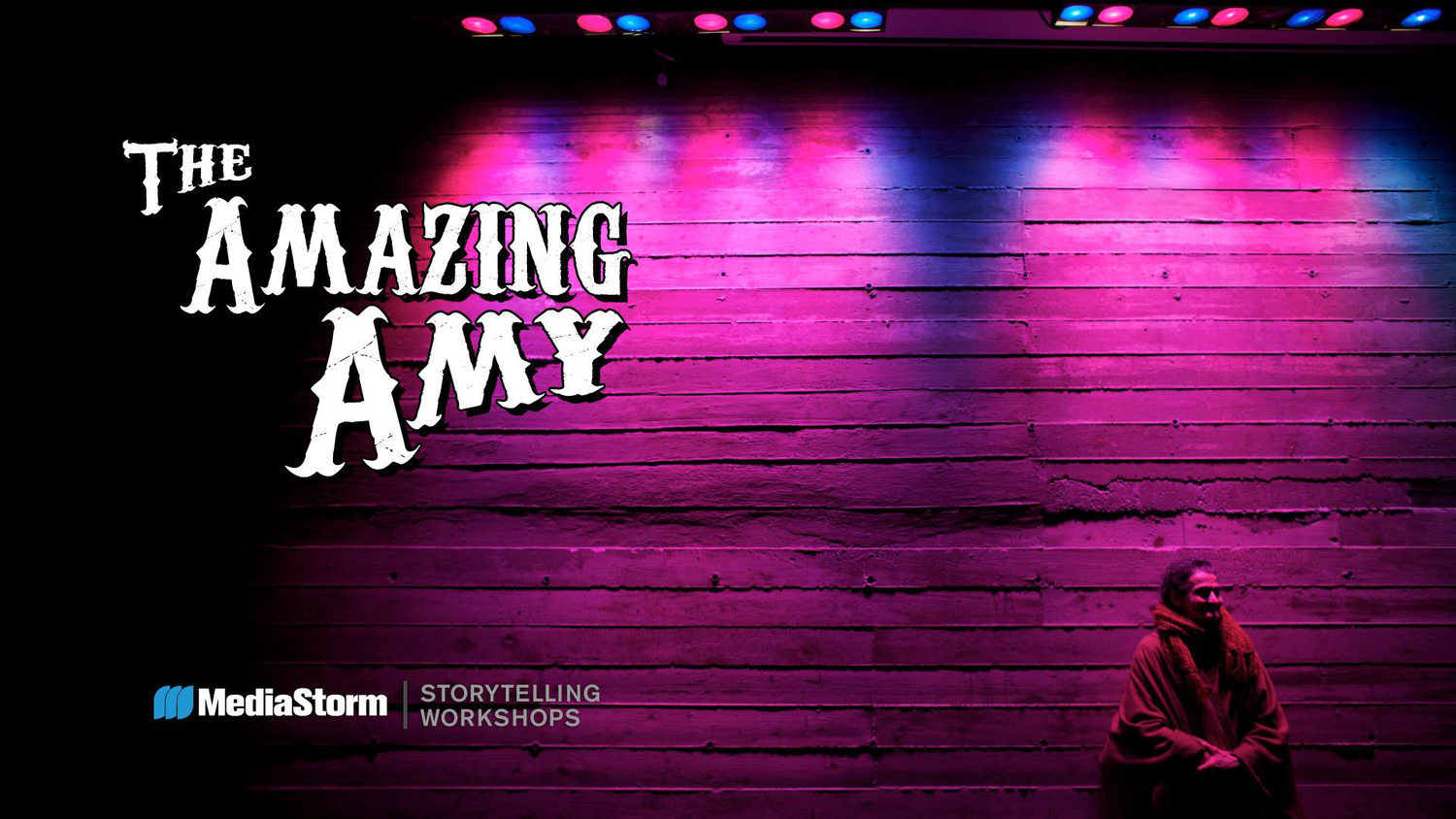
Using humor and a love of fantasy, "The Amazing Amy" Harlib connects with audiences through performing strenuous yoga-based contortion acts in New York City.
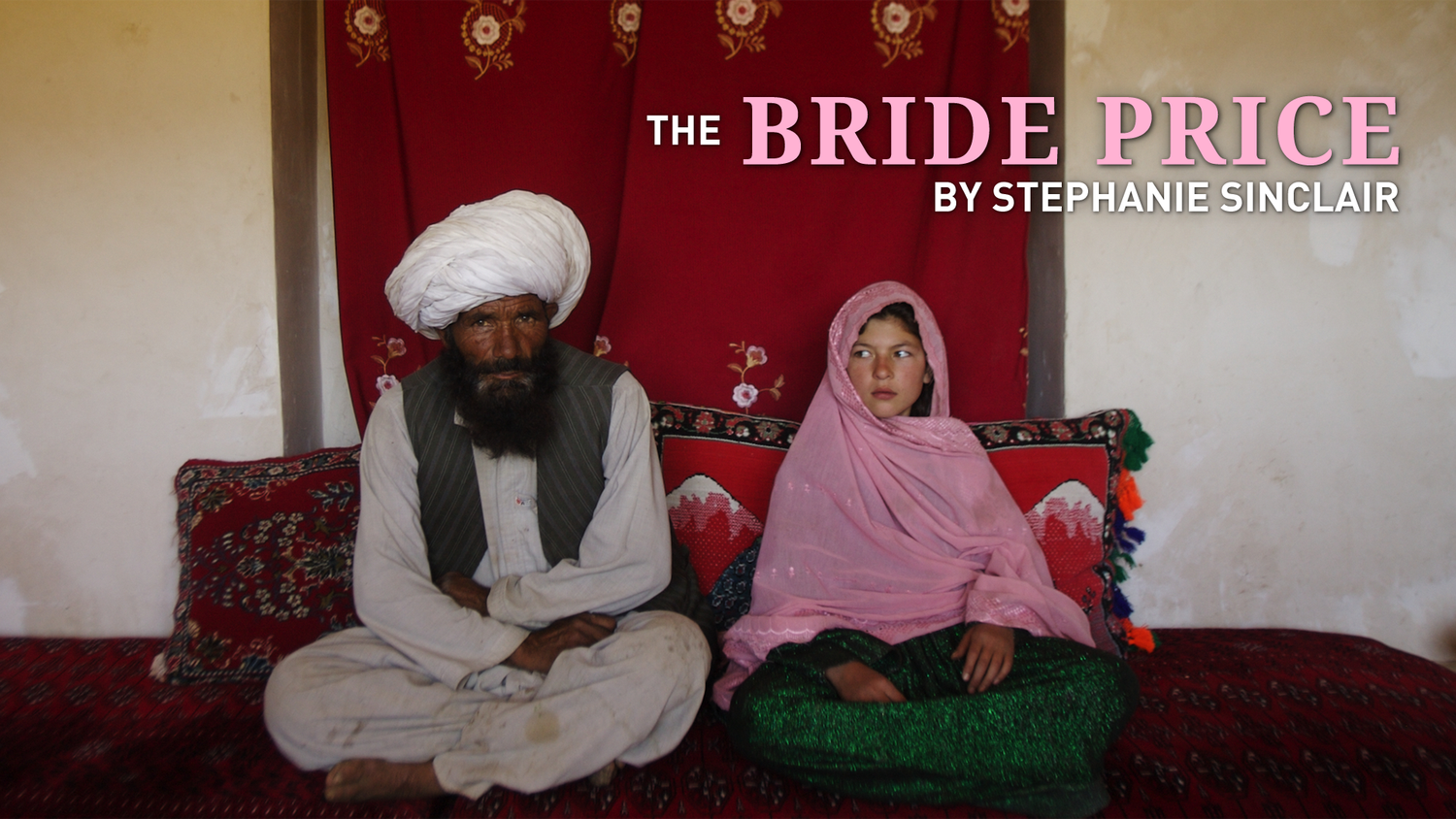
In many countries, girls as young as eight are forced into marriage by their families, culture and economic situation. This practice destroys their chance at education leading to tragic results.
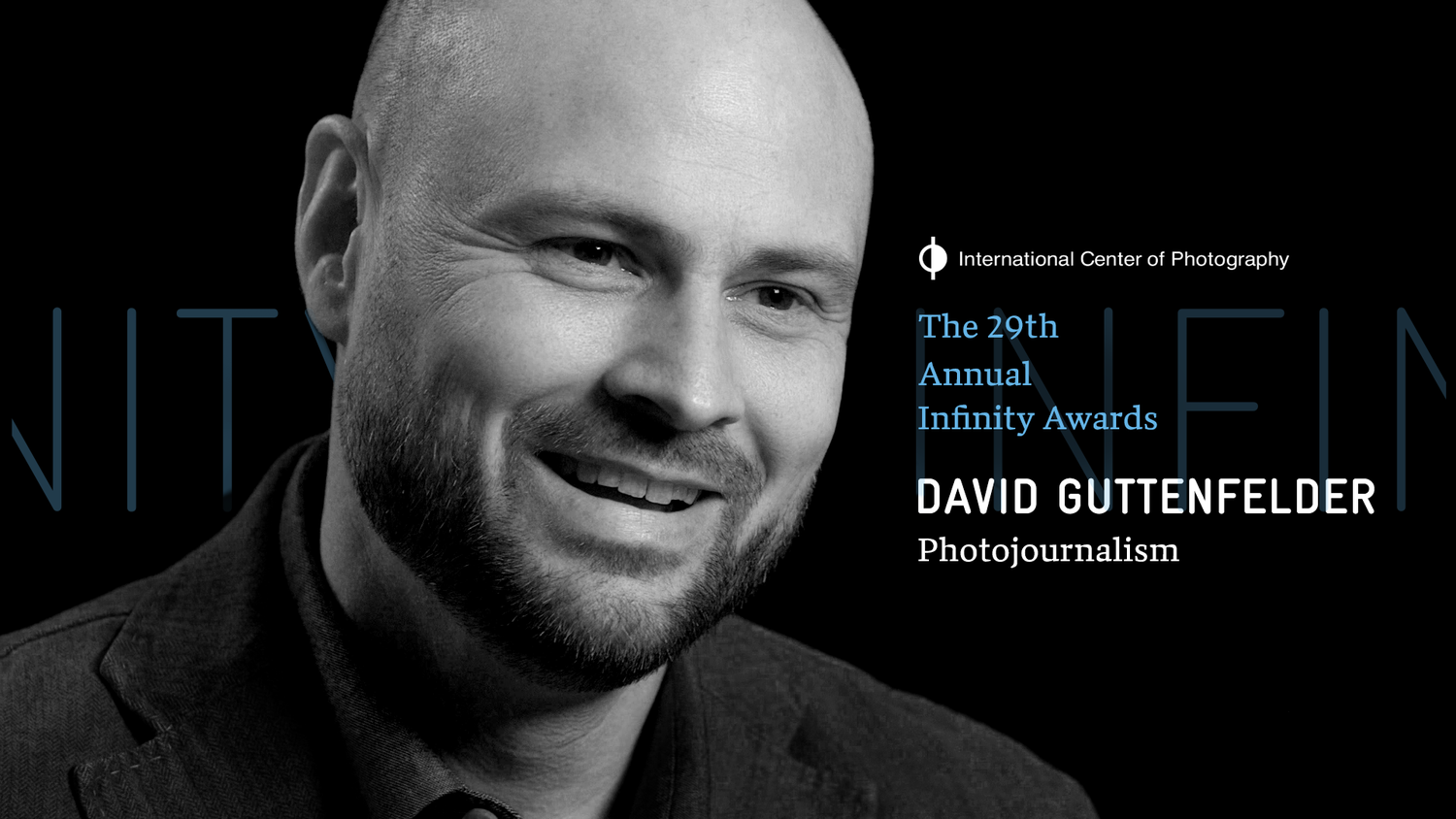
Surreal and mysterious, North Korea was a black hole to outsiders wanting a glimpse of the country. That all changed in 2012, when AP photographer David Guttenfelder led the opening of the bureau's newest office inside the North Korea.
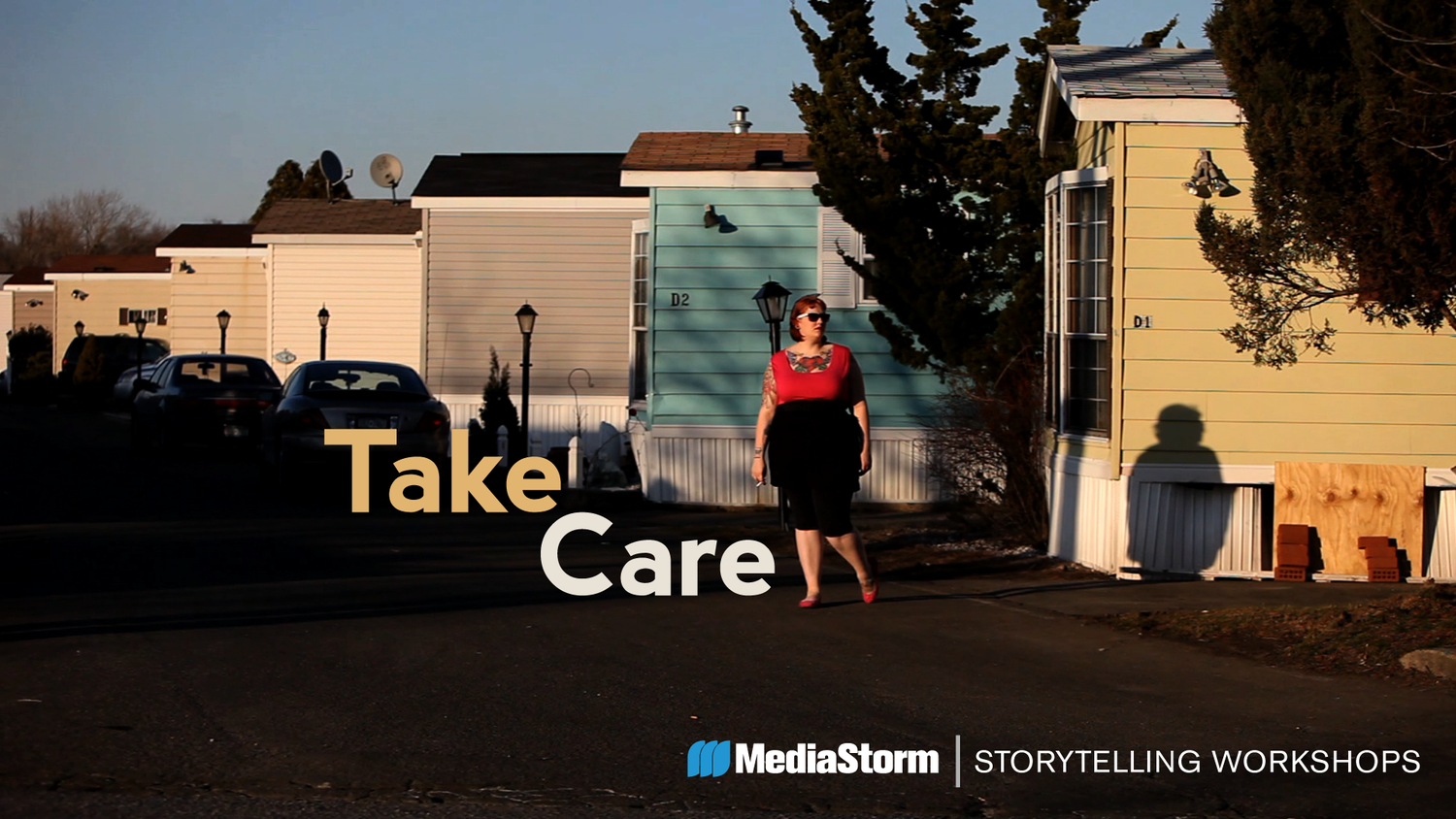
Virginia Gandee's brilliant red hair and dozen tattoos belie the reality of this 22-year-old's life. Inside her family's Staten Island trailer her caregiving goes far beyond the love she has for her daughter.
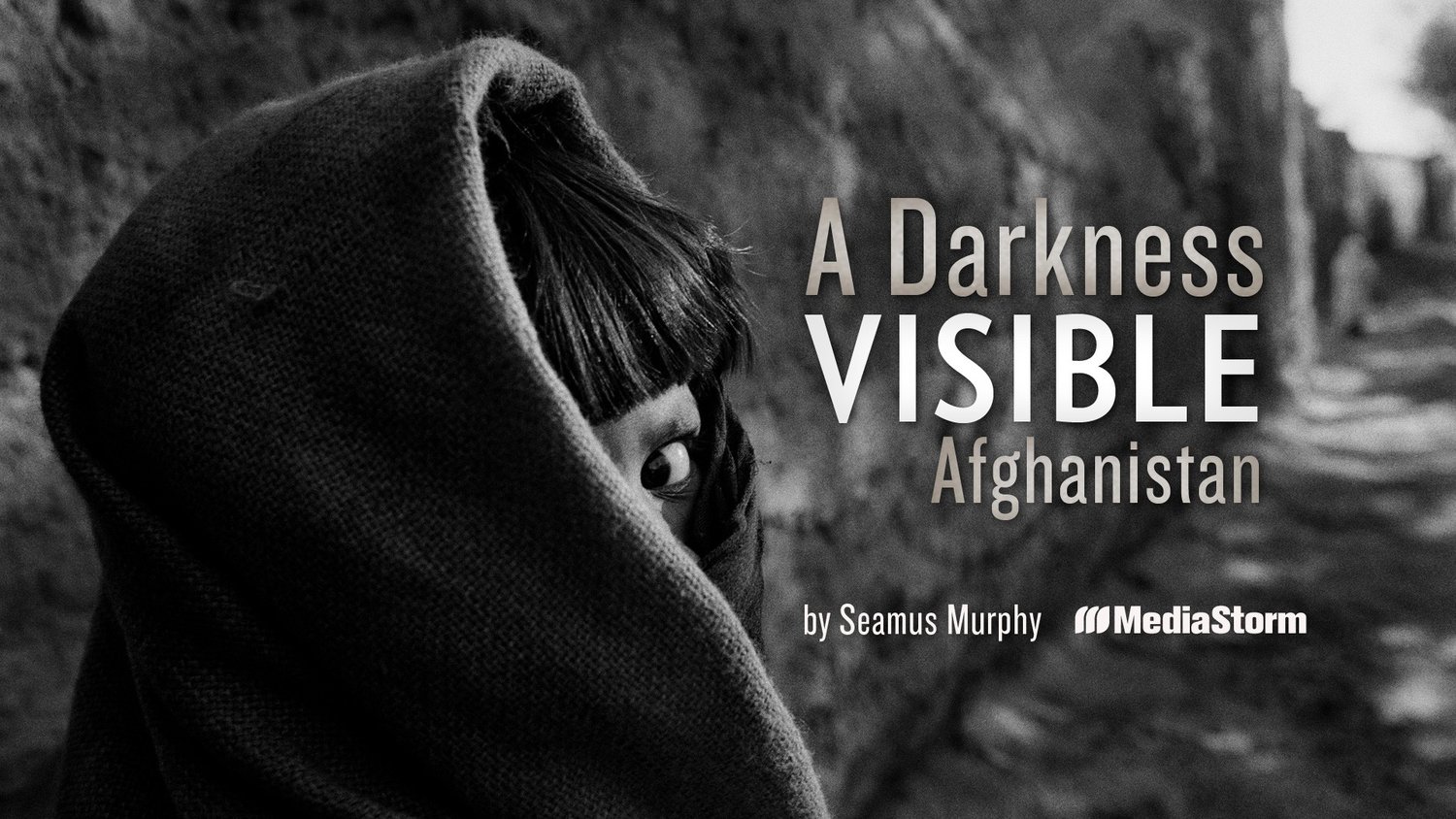
Based on 14 trips to Afghanistan between 1994 and 2010, A Darkness Visible: Afghanistan is the work of photojournalist Seamus Murphy. His work chronicles a people caught time and again in political turmoil, struggling to find their way.
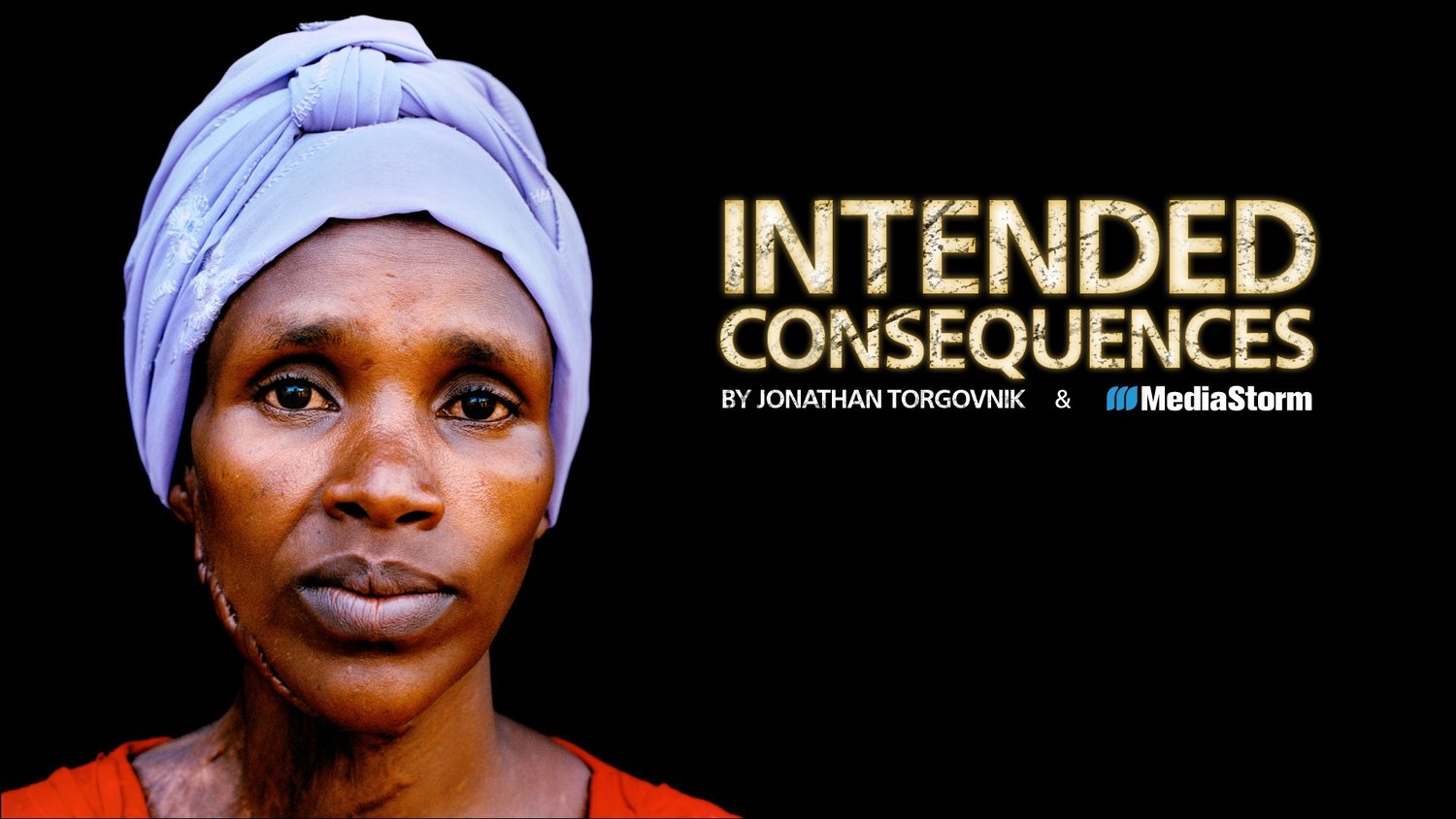
In Rwanda, in 1994, Hutu militia committed a bloody genocide, murdering one million Tutsis. Many of the Tutsi women were spared, only to be held captive and repeatedly raped. Many became pregnant. Intended Consequences tells their stories.

To those who serve in the armed forces, what is the aftereffect of war? The Marlboro Marine is photographer Luis Sinco's portrait of Marine Corporal James Blake Miller, whom he met in Iraq. For Miller, coming home has been its own battle.
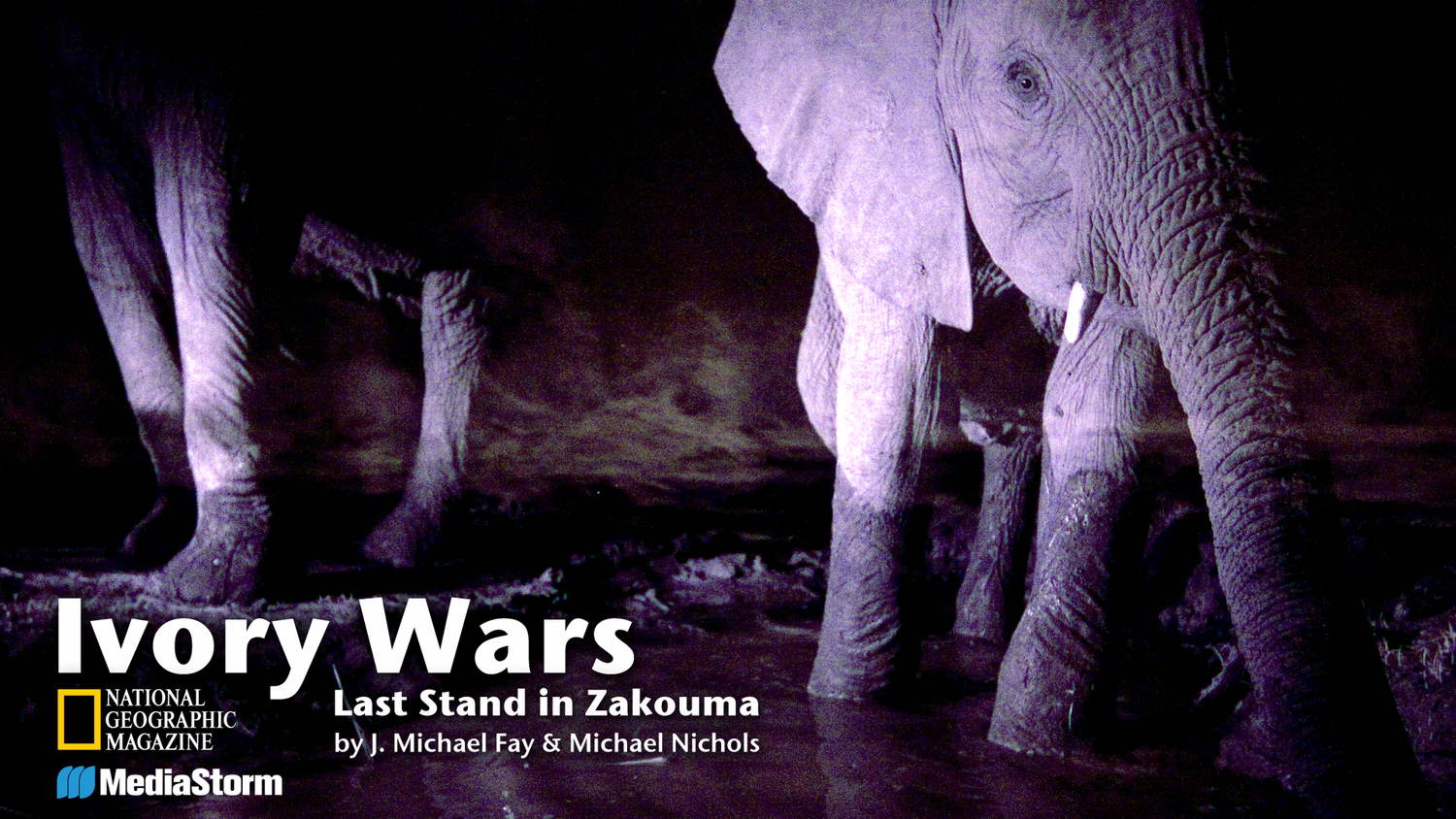
Zakouma National Park is one of the last places on earth where elephants still roam by the thousands. In a land where poachers will slaughter the huge animals for their tusks alone, it takes armed guards to keep them safe.
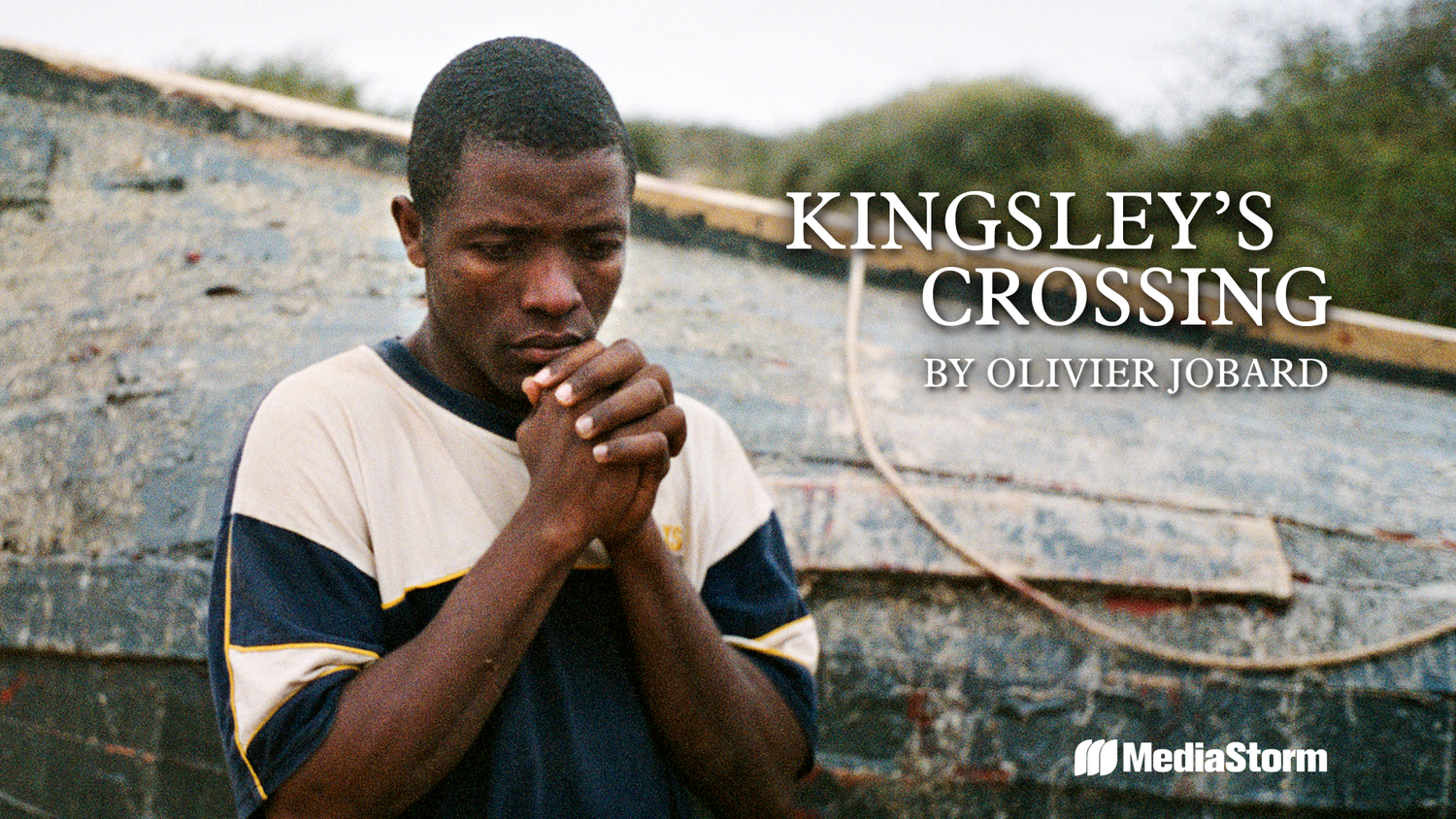
Kingsley's Crossing is the story of one man's dream to leave the poverty of life in Africa for the promised land of Europe. We walk in his shoes, as photojournalist Olivier Jobard accompanies Kingsley on his uncertain and perilous journey.
Collaborate With Us
The MediaStorm Platform is an advanced video platform that extends the user experience beyond linear video to include the interactive capabilities of the Internet.
Powered by the MediaStorm Platform
The MediaStorm Platform is an advanced video platform that extends the user experience beyond linear video to include the interactive capabilities of the Internet.
Follow MediaStorm
Copyright 2025 MediaStorm, LLC | Terms & Conditions | Privacy | Contact
